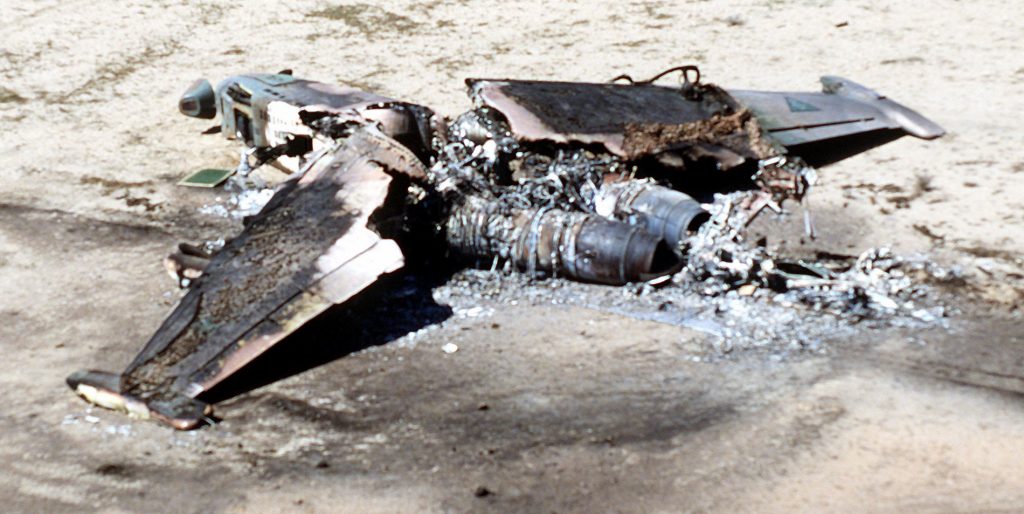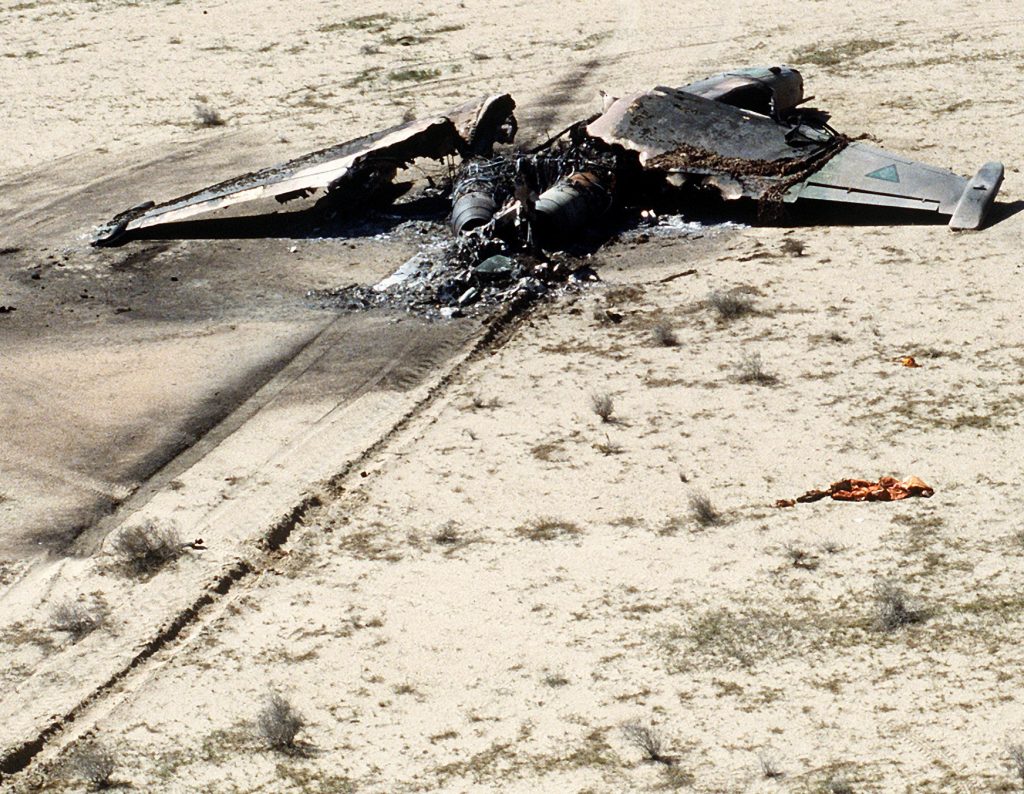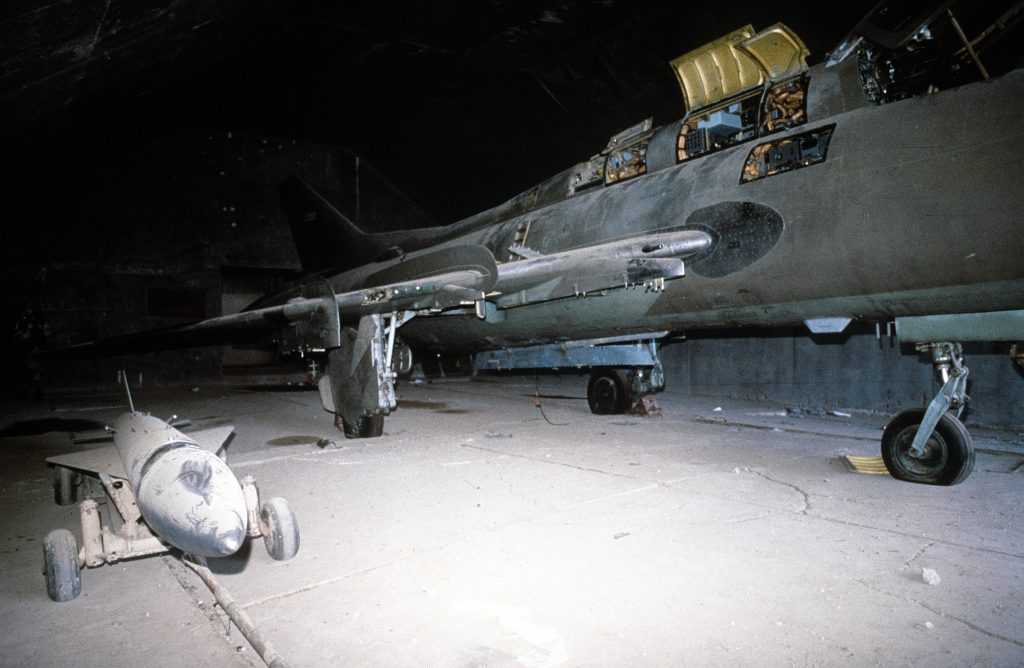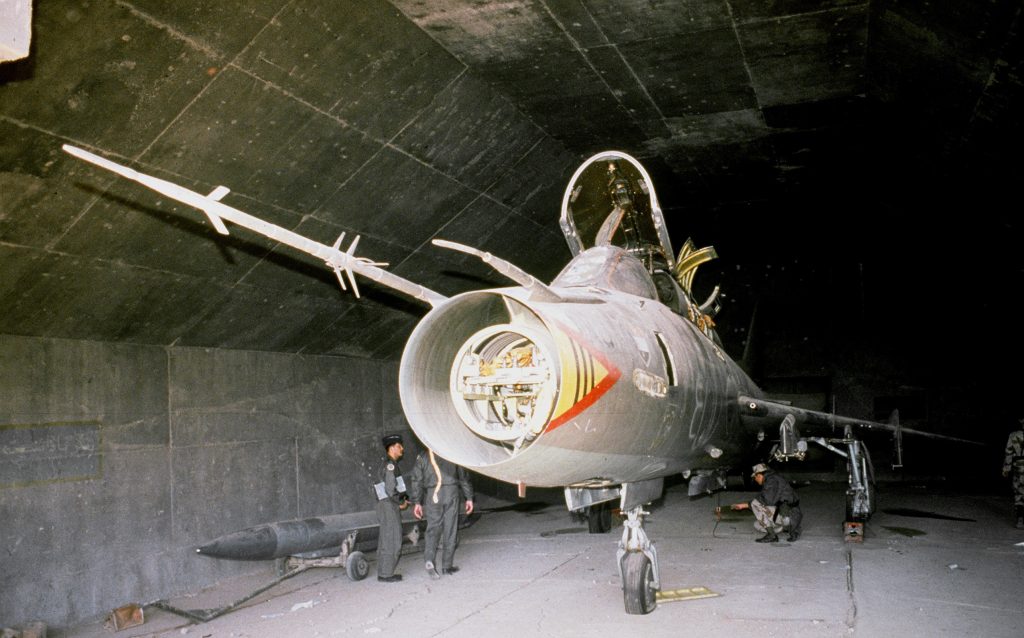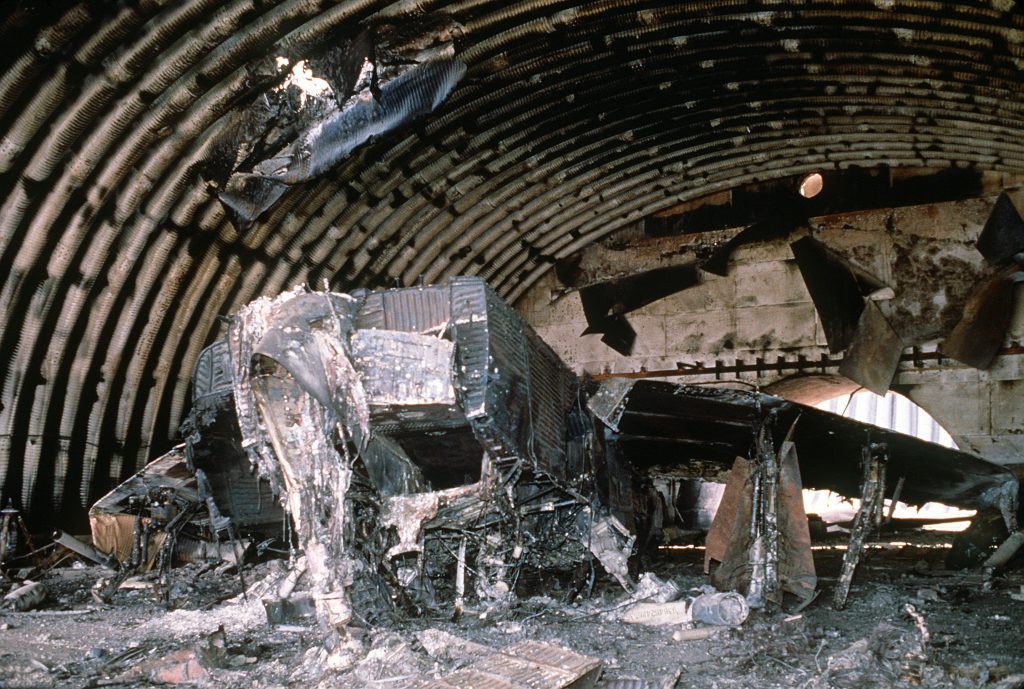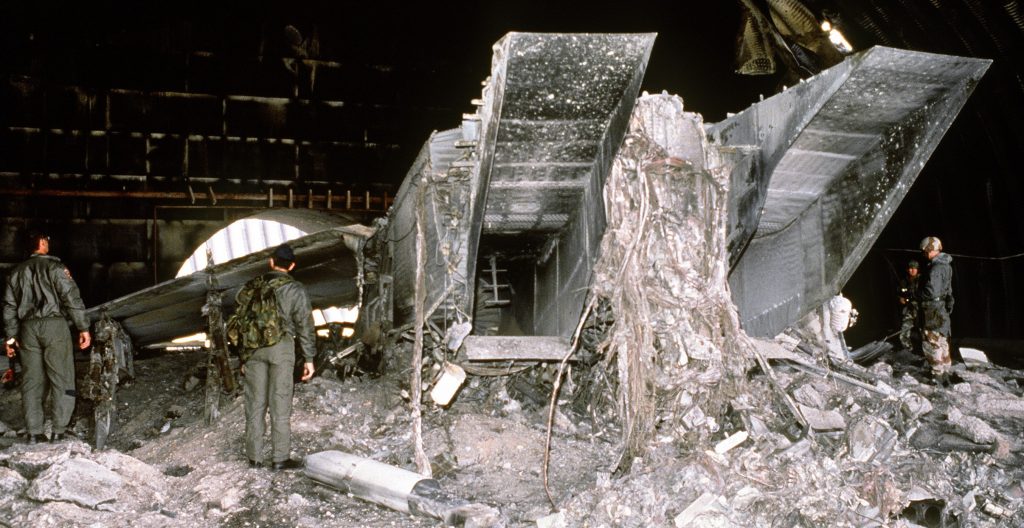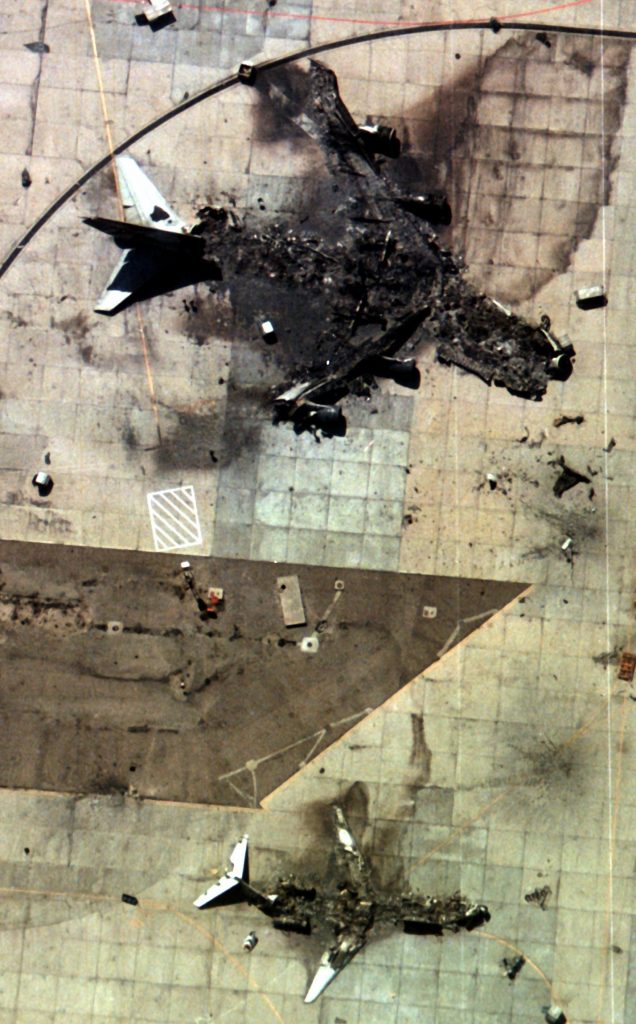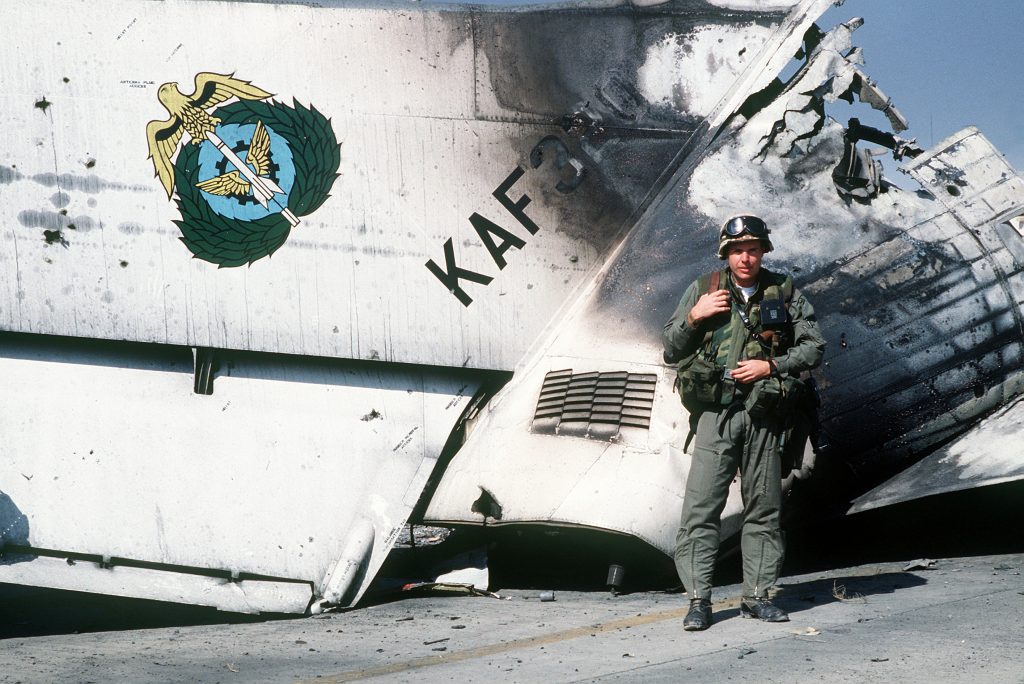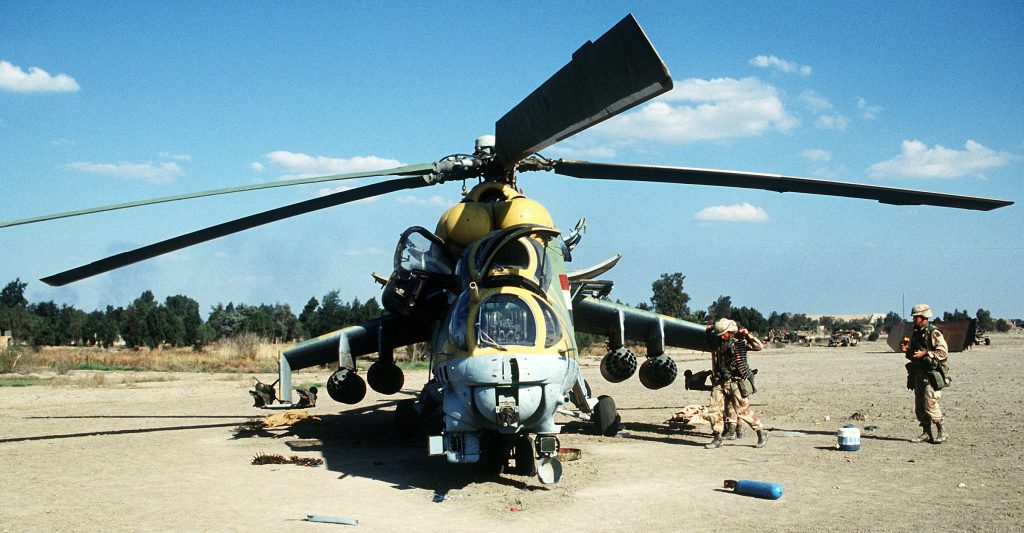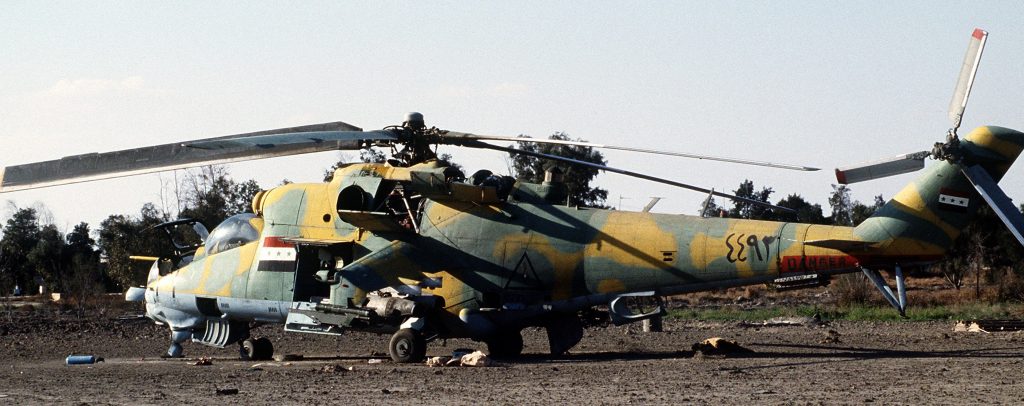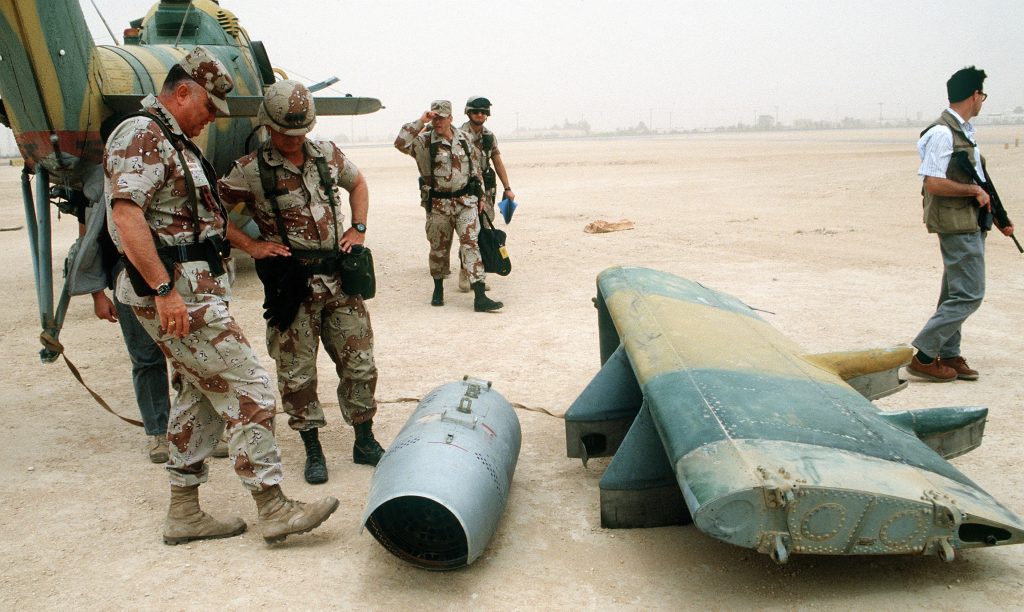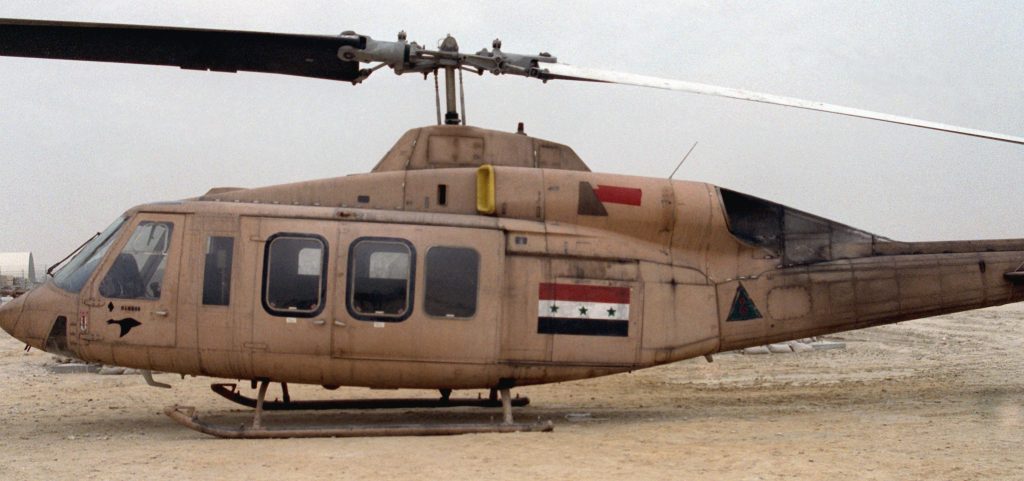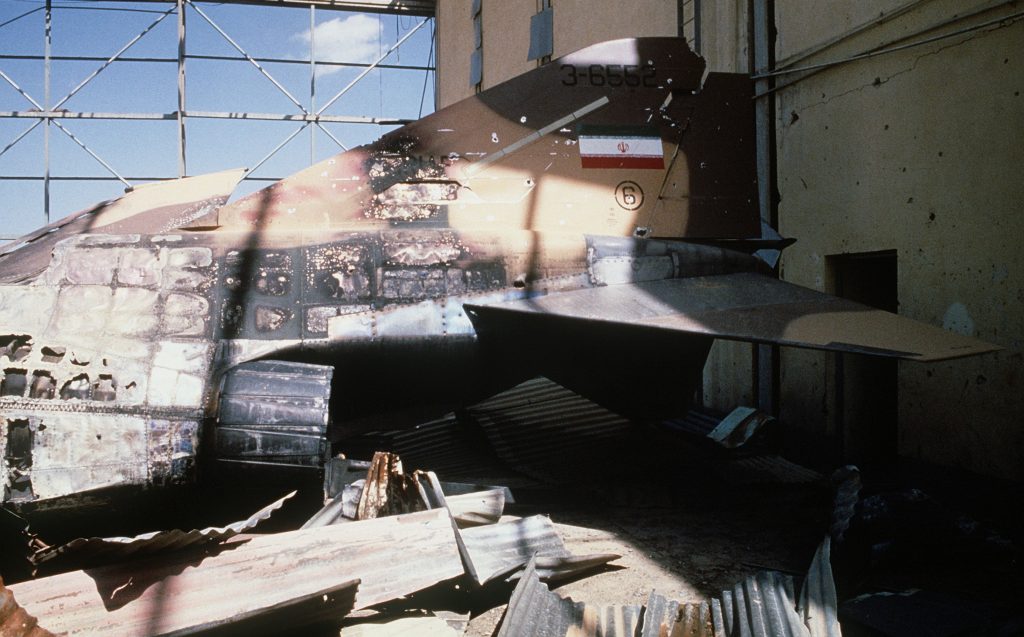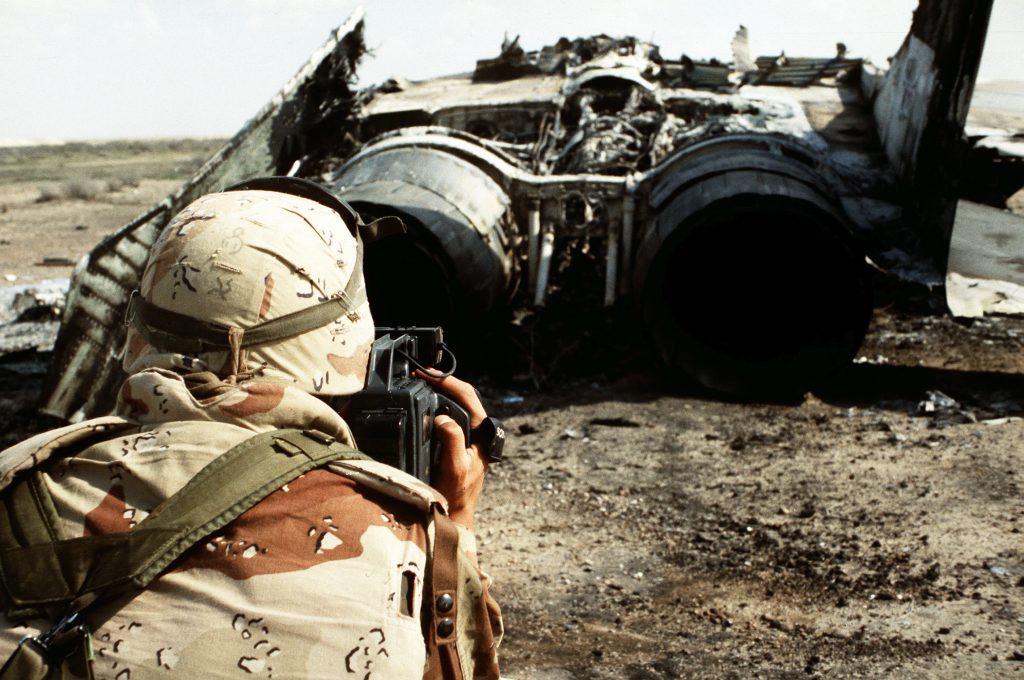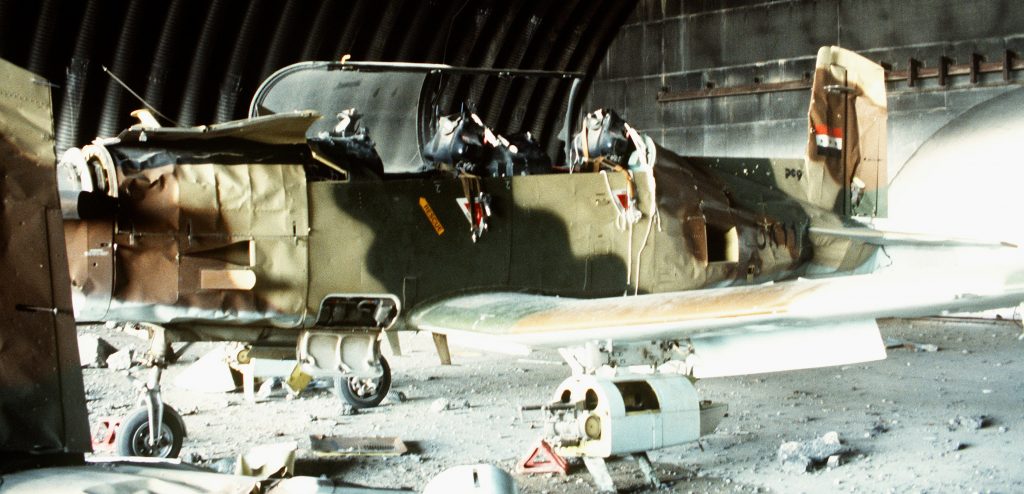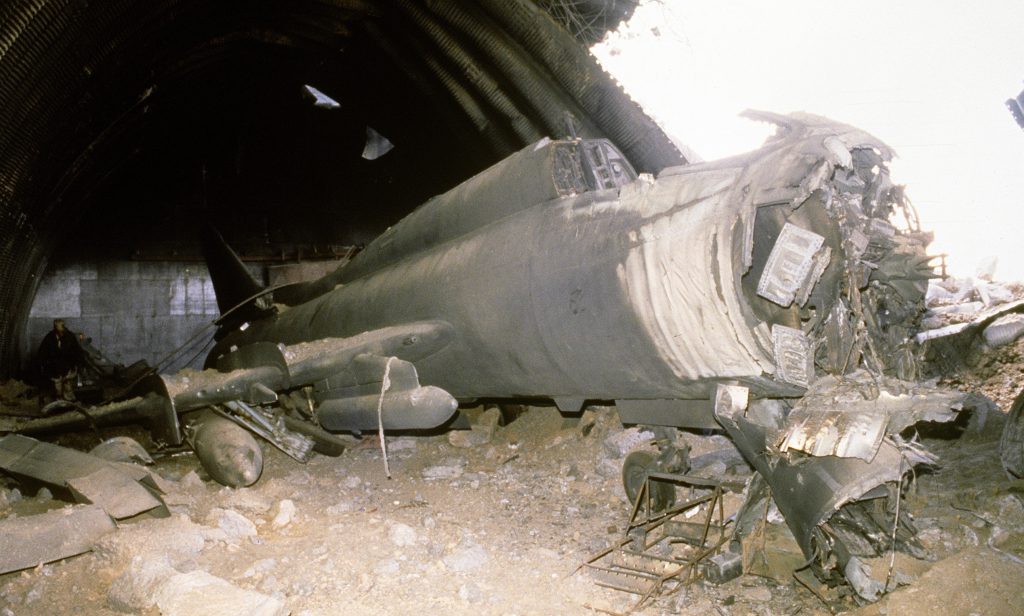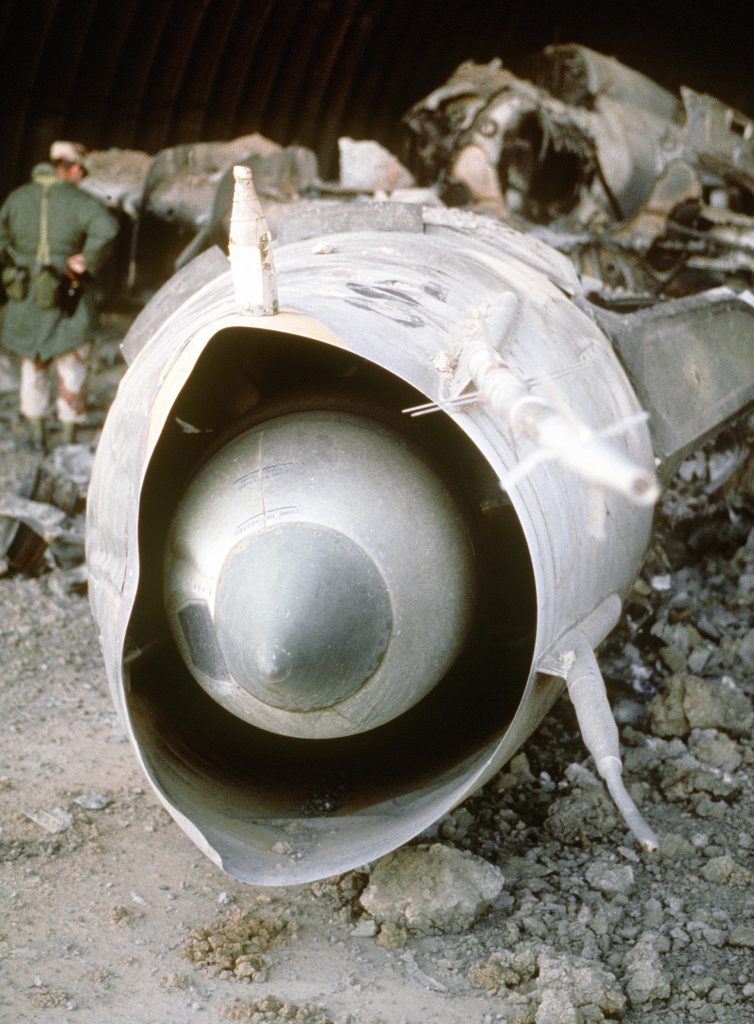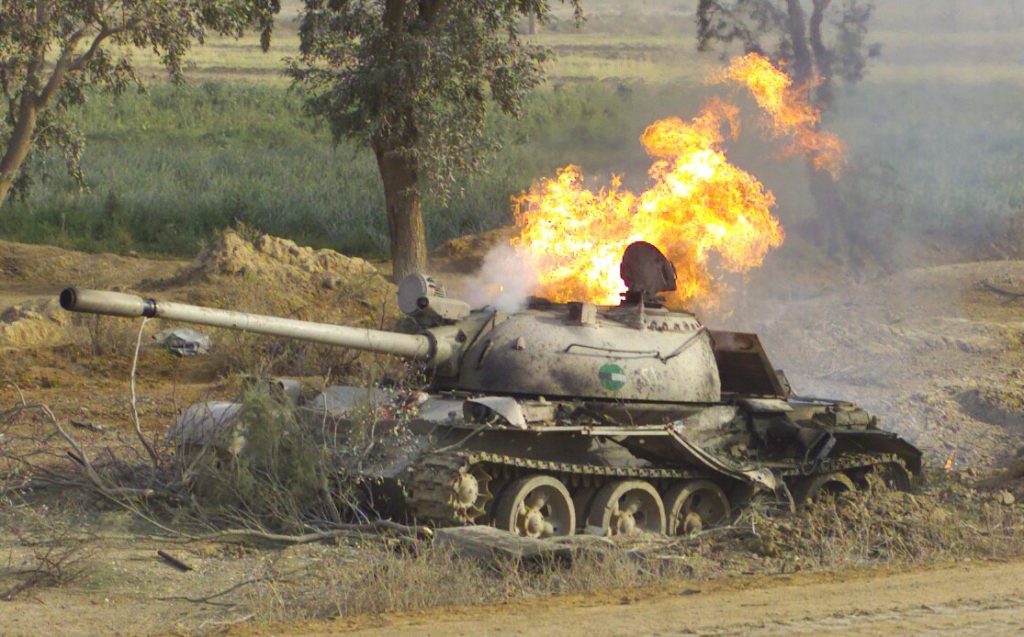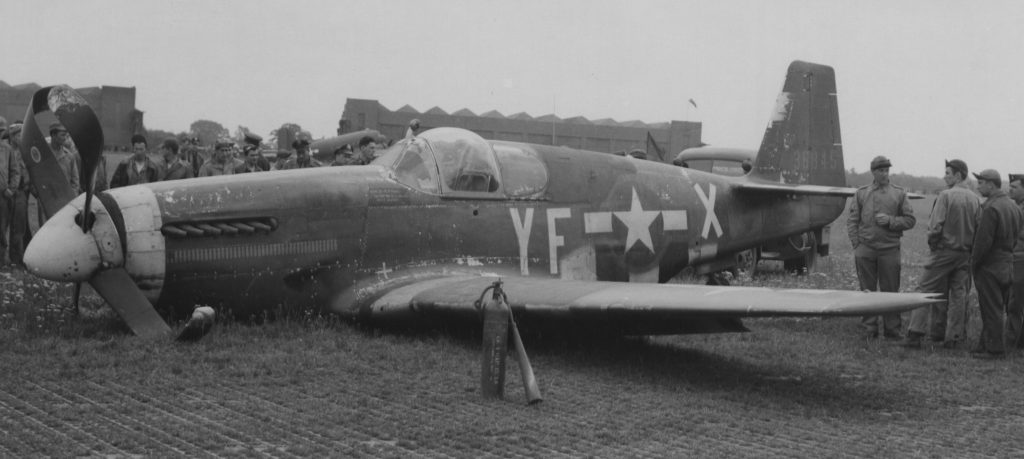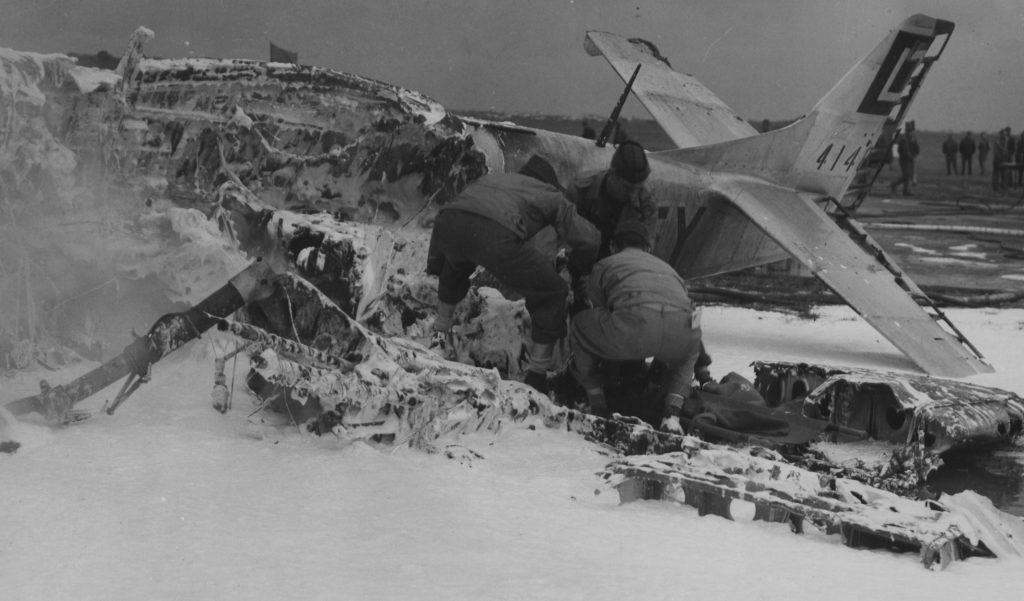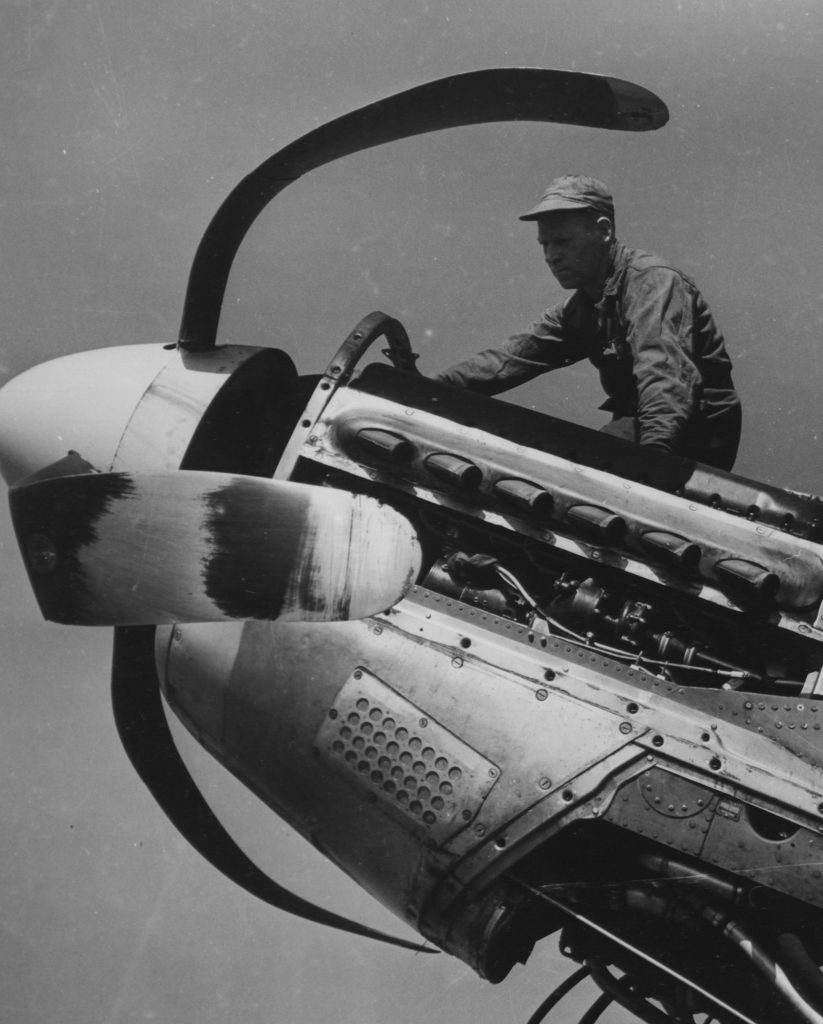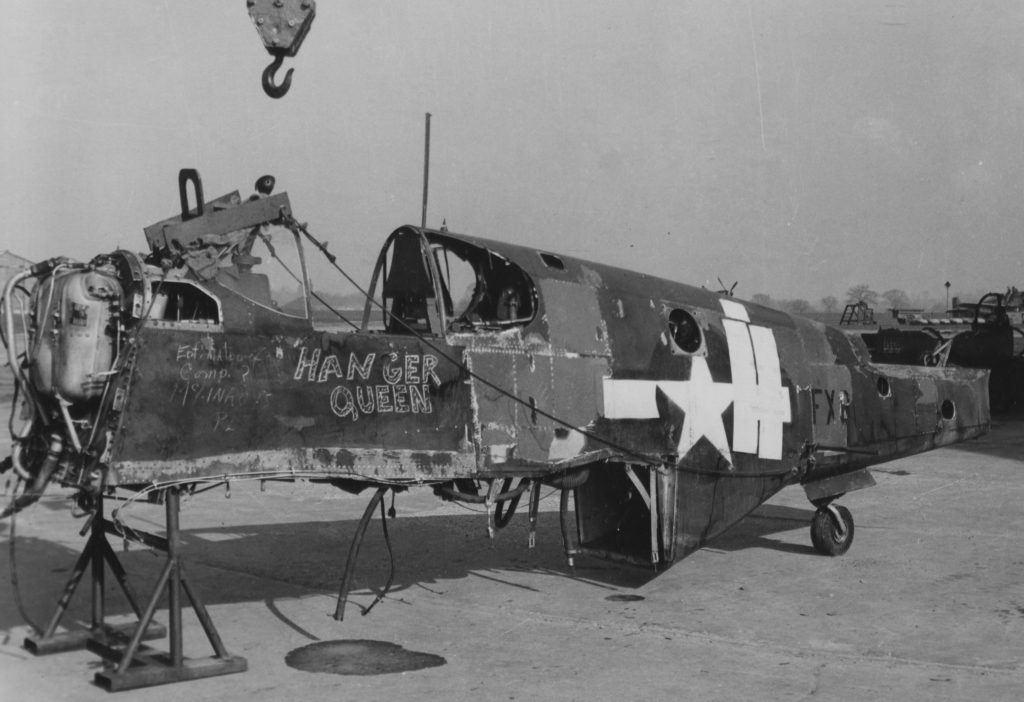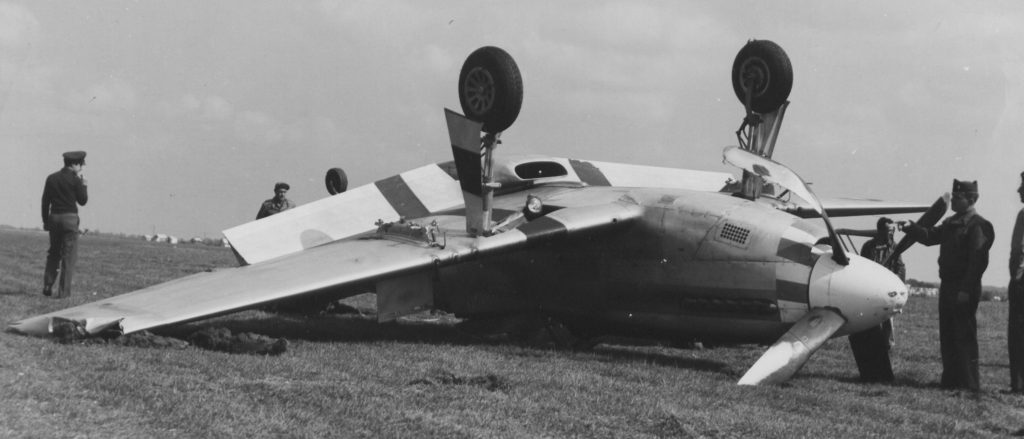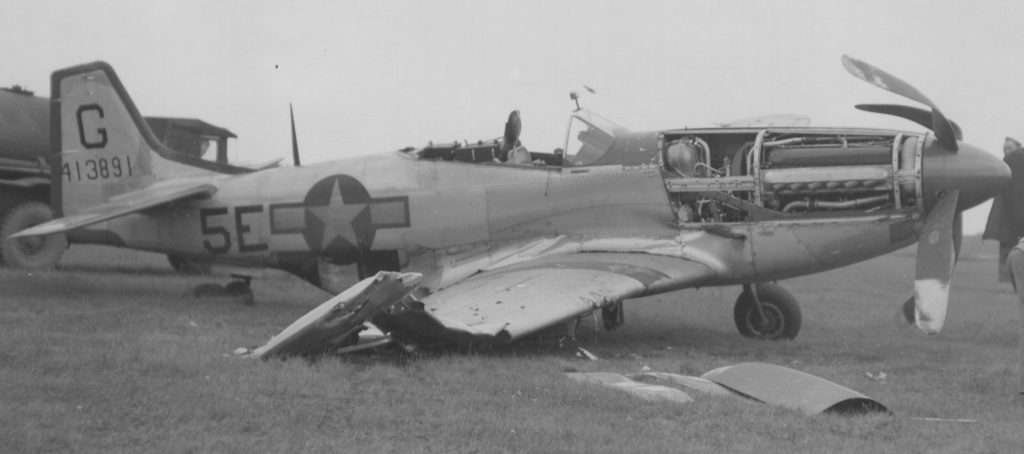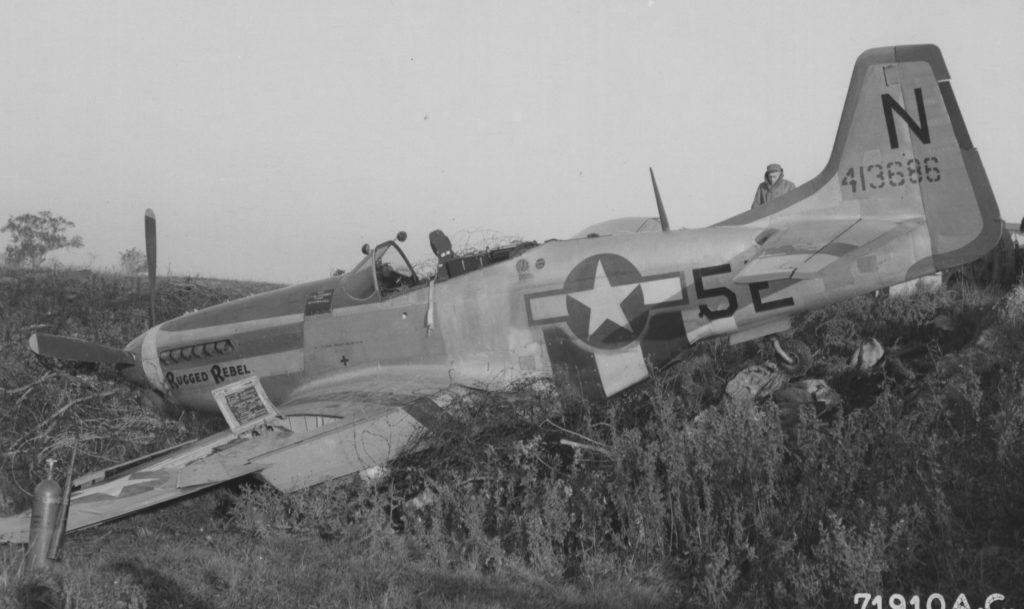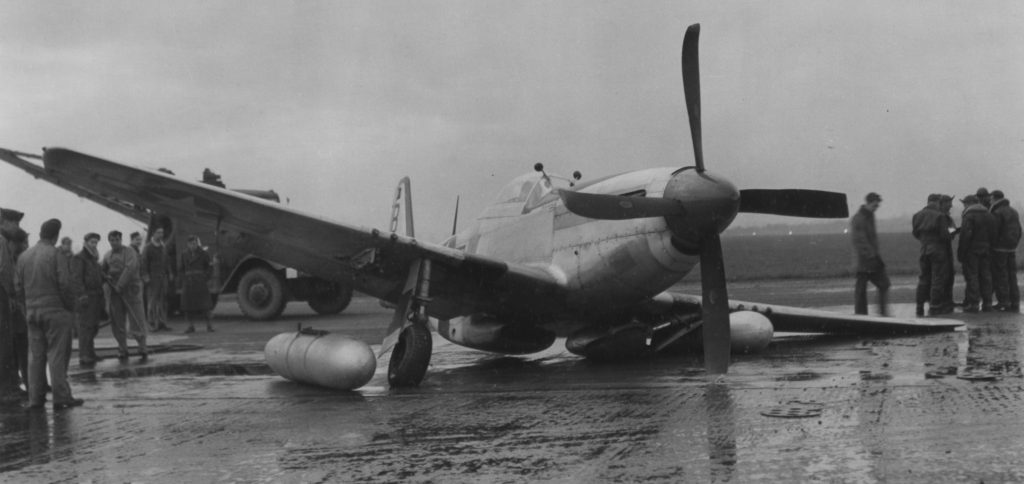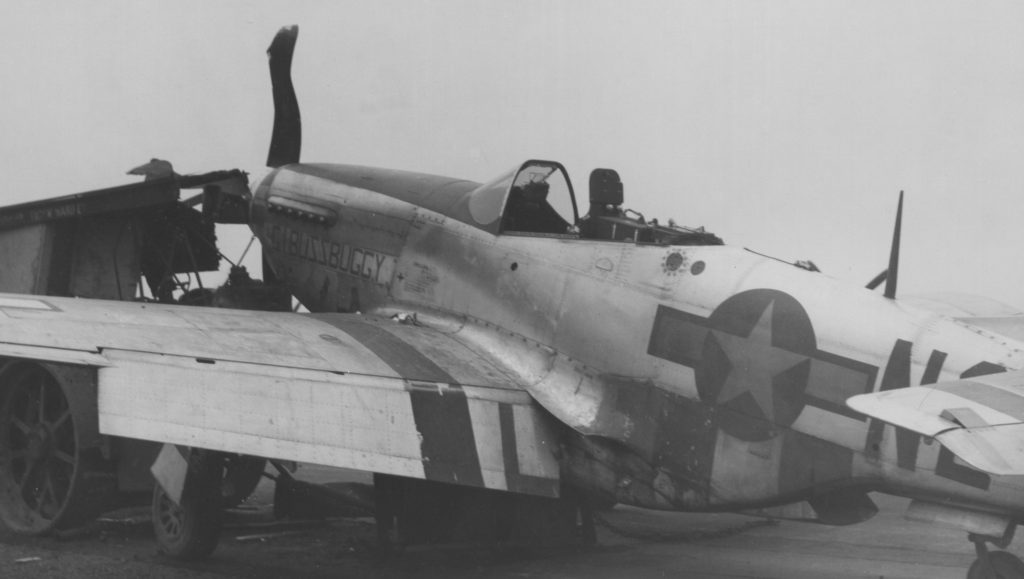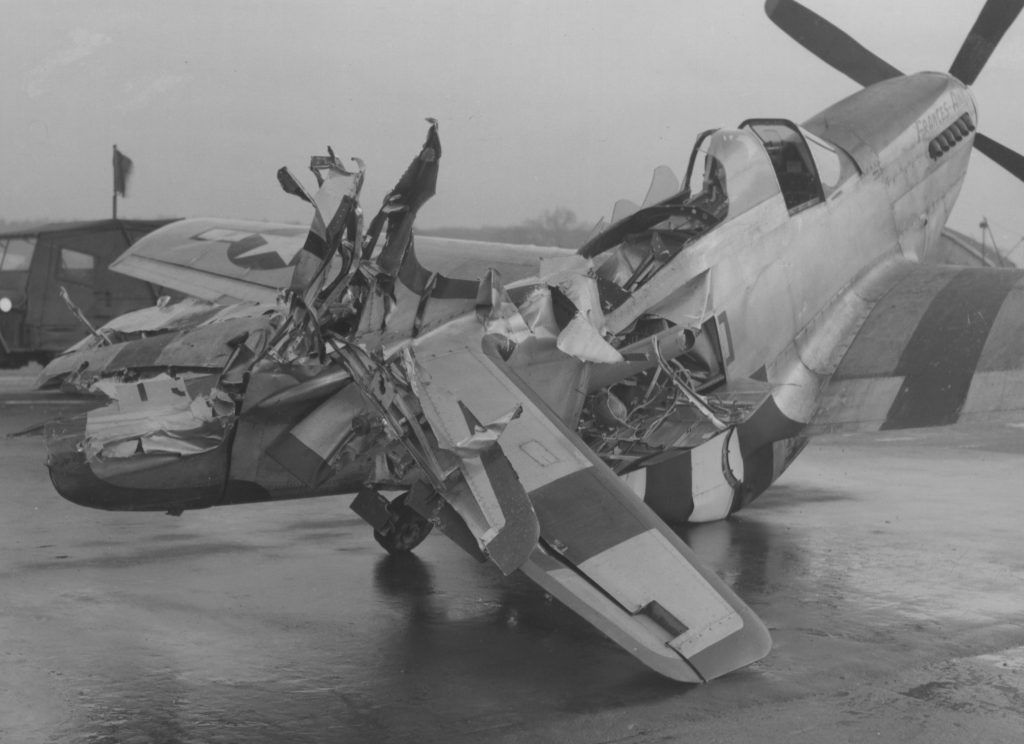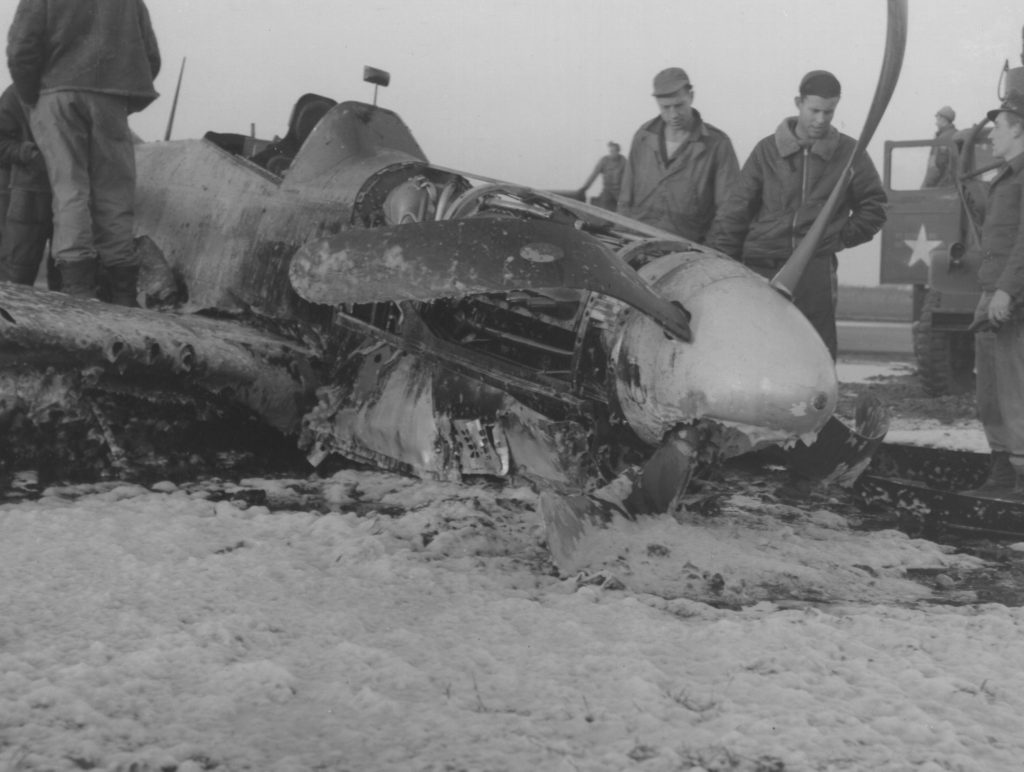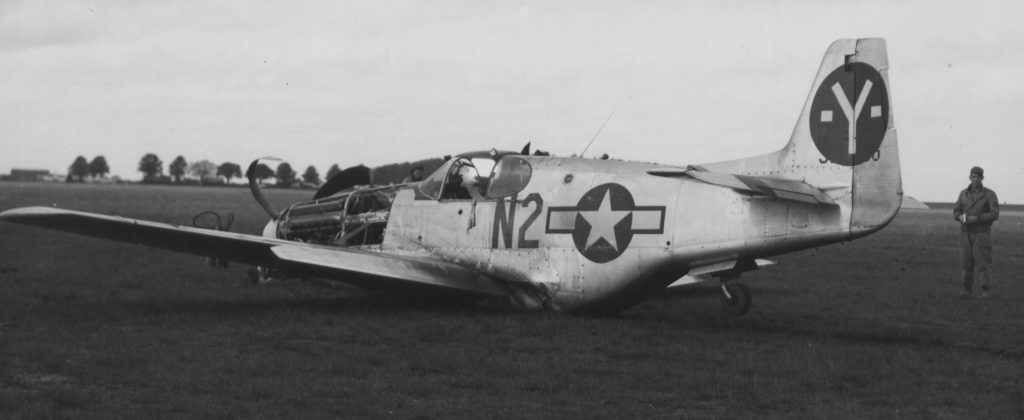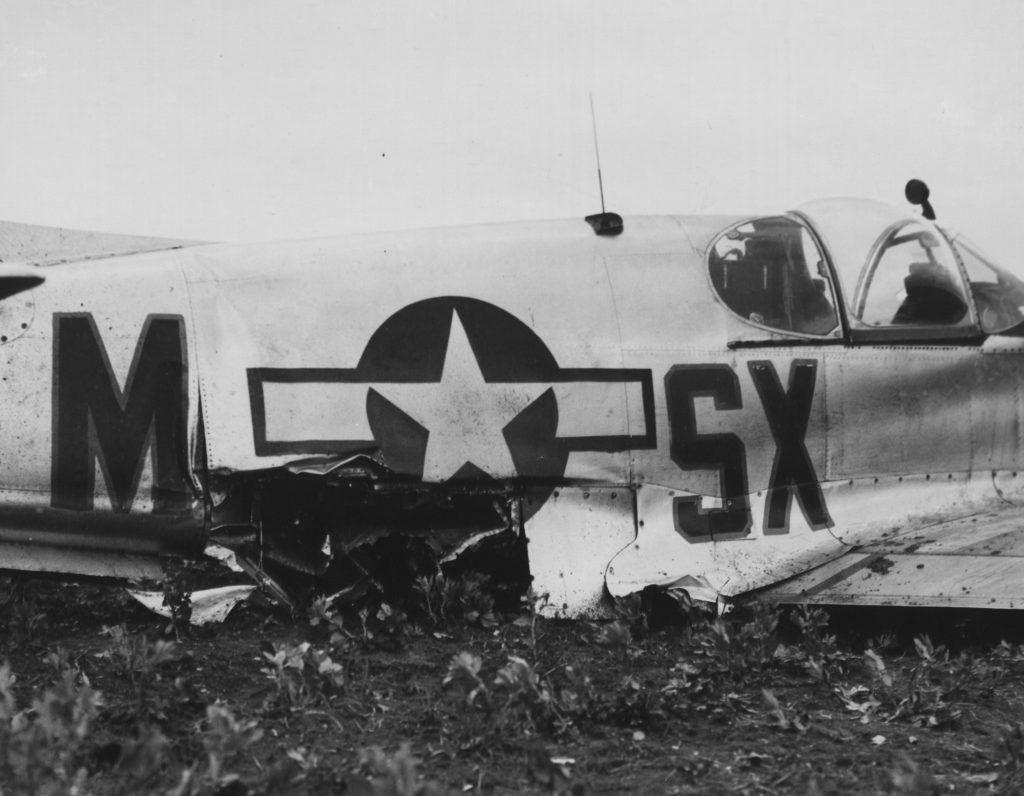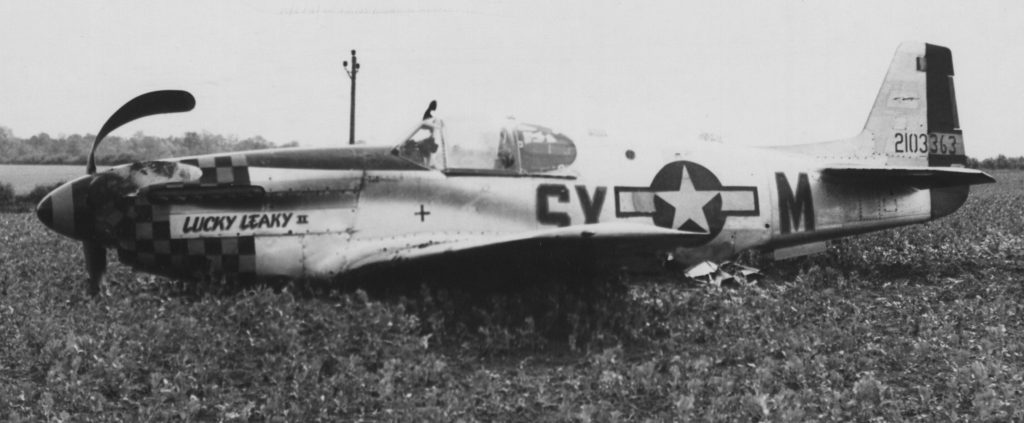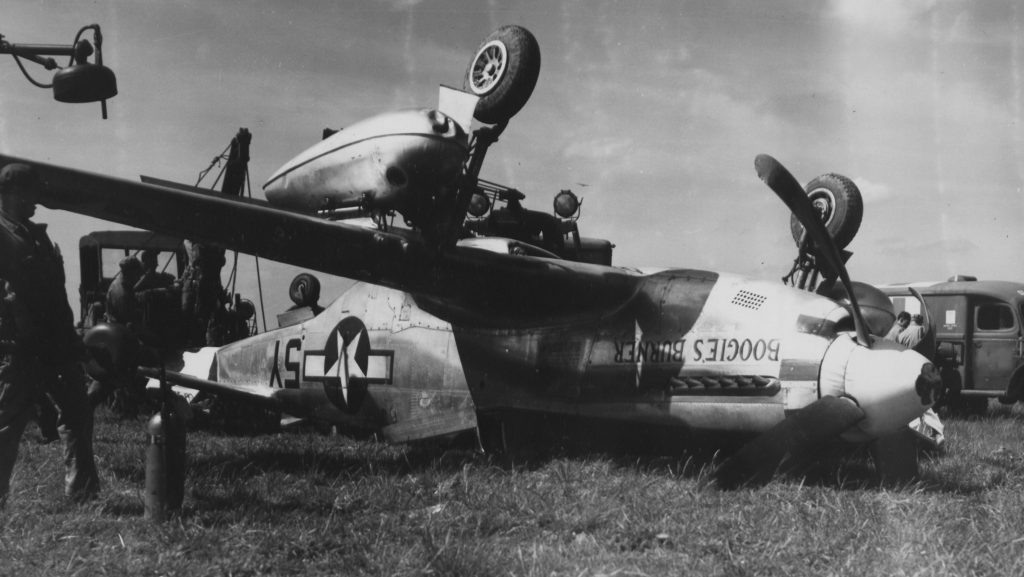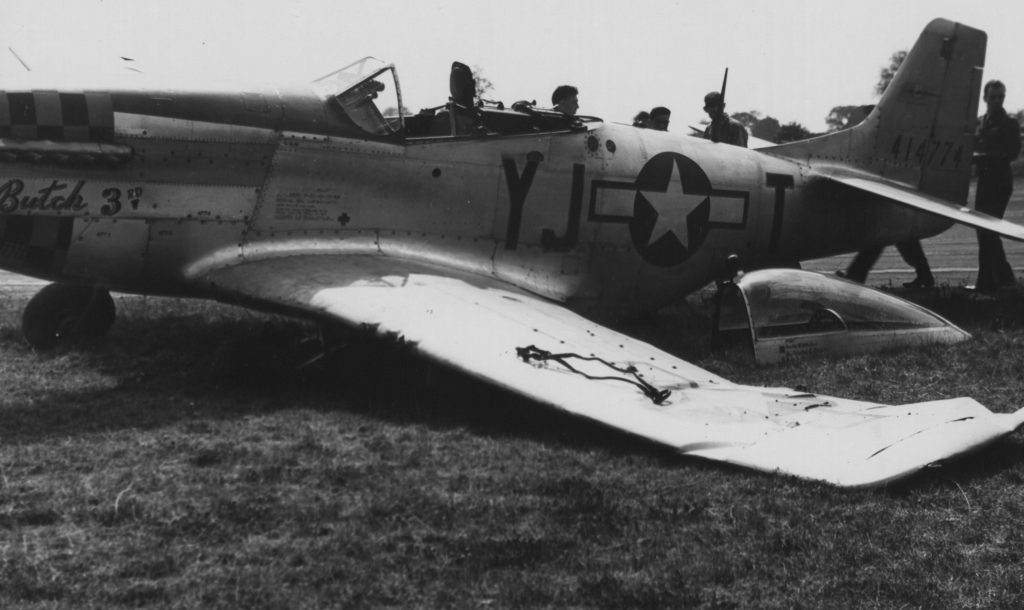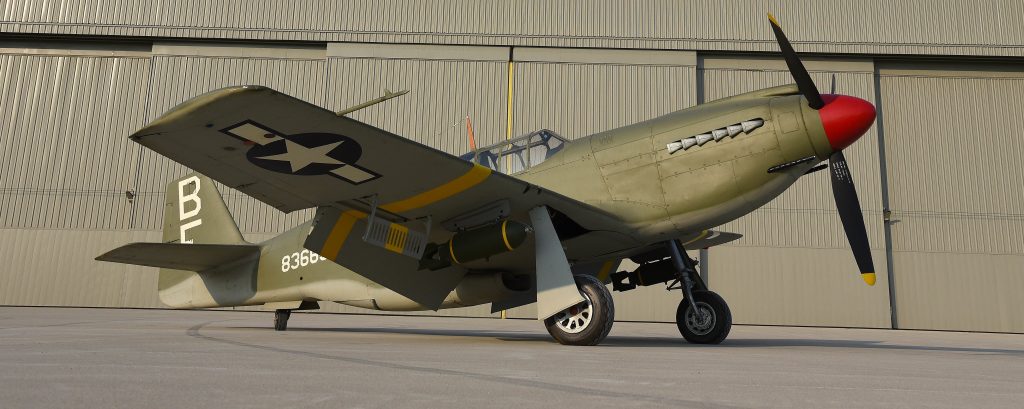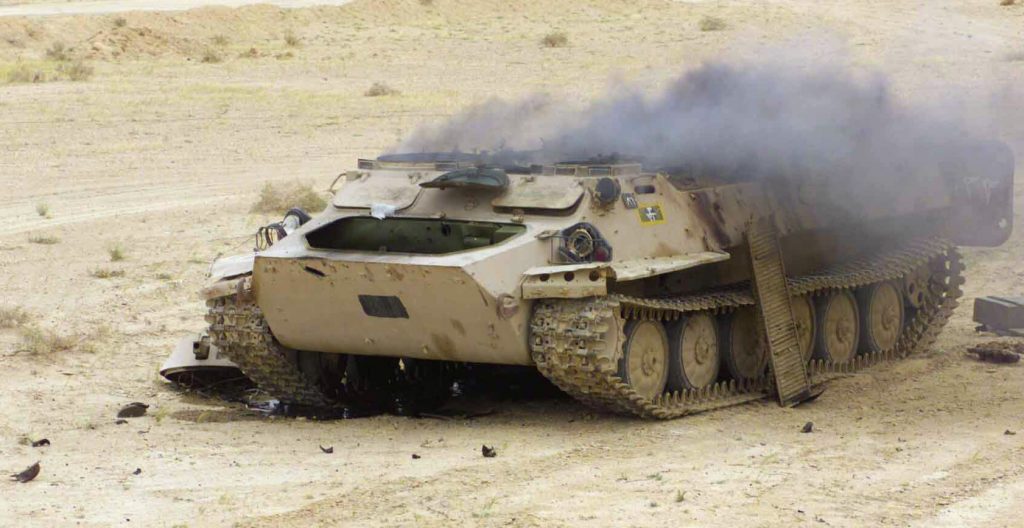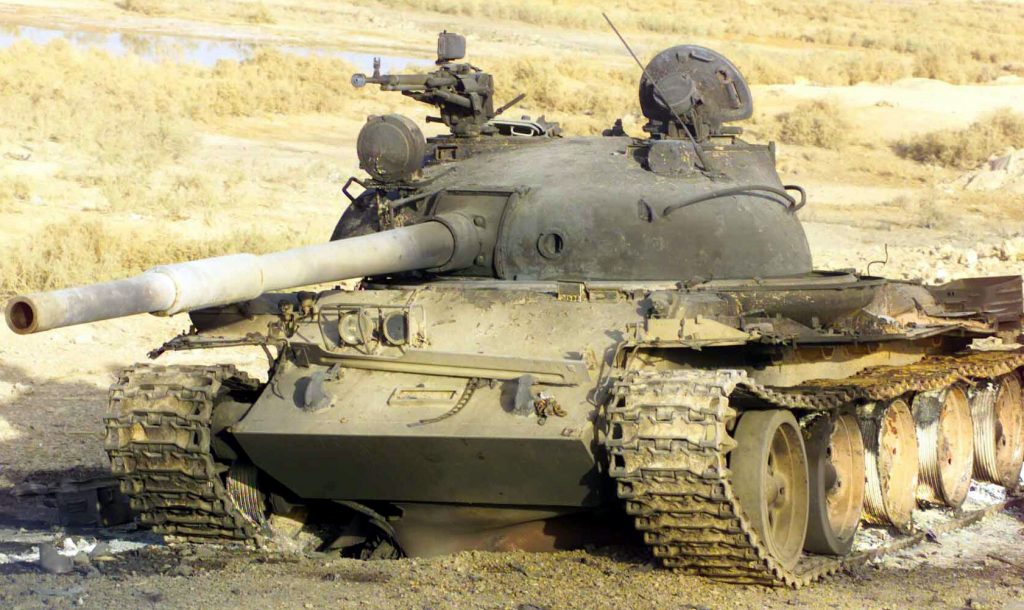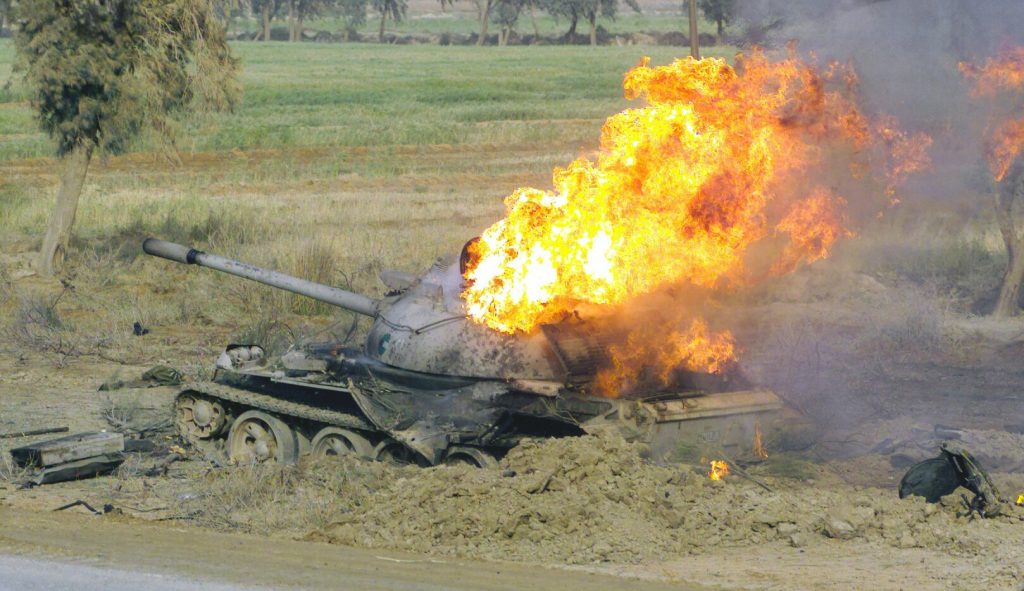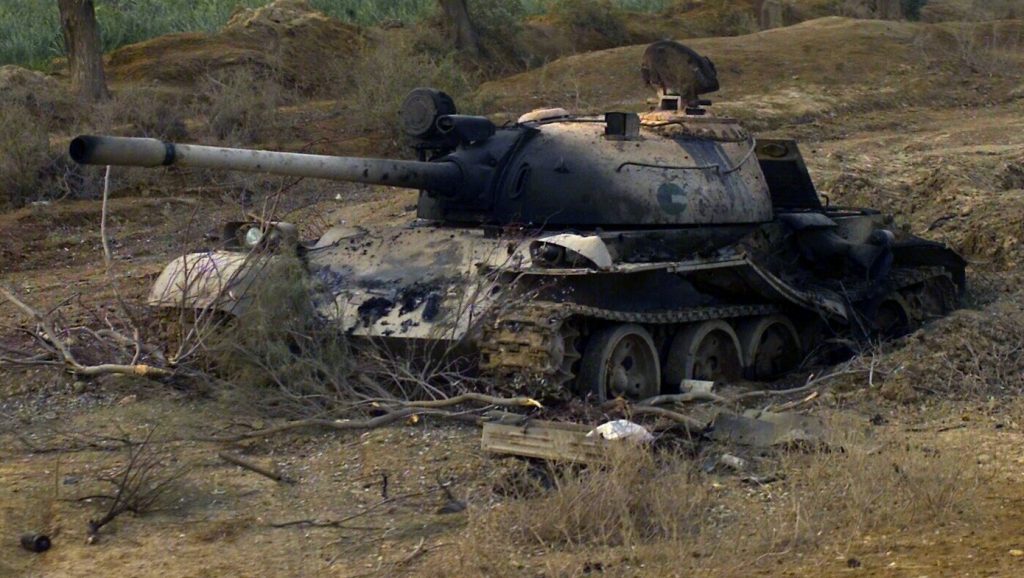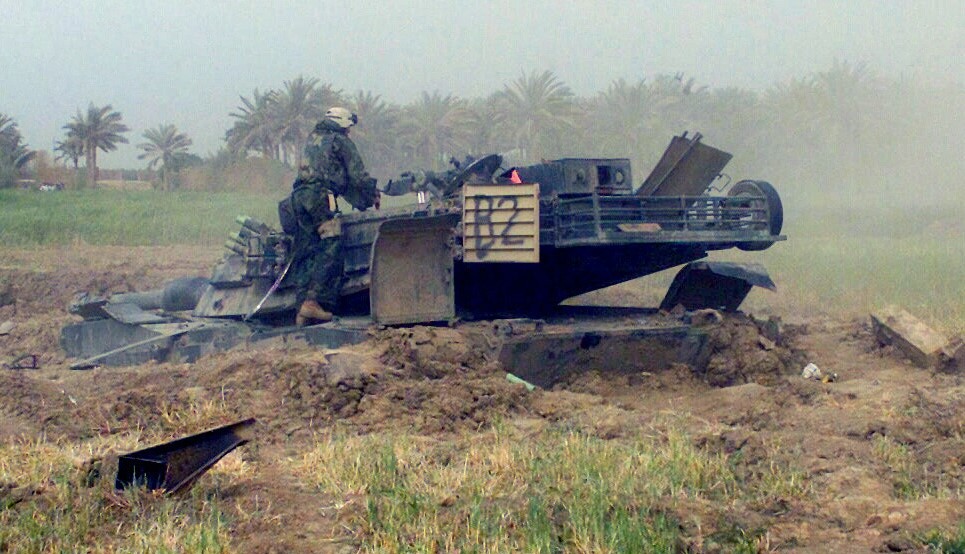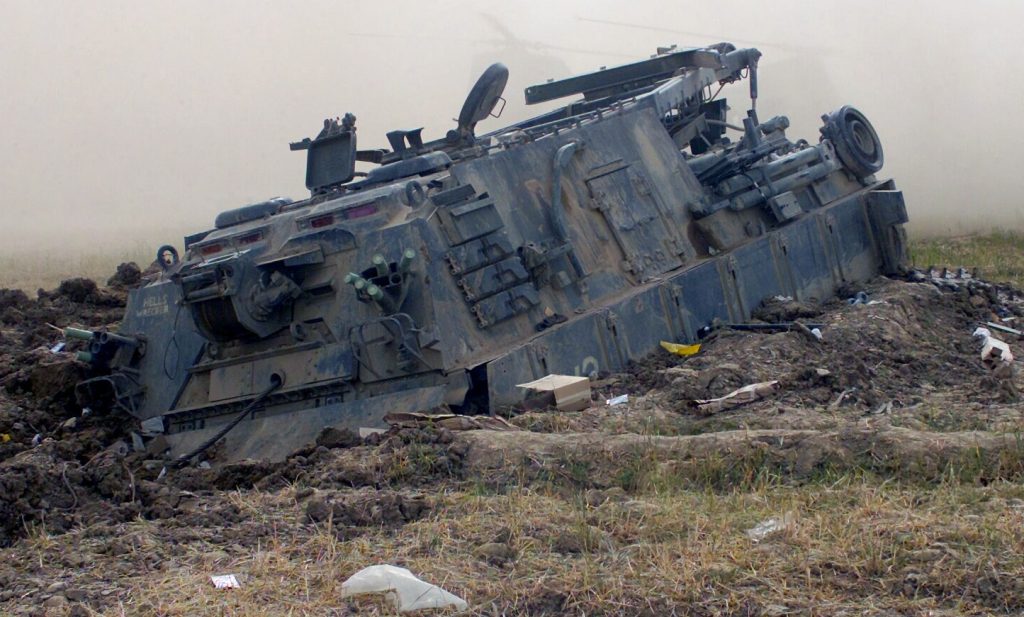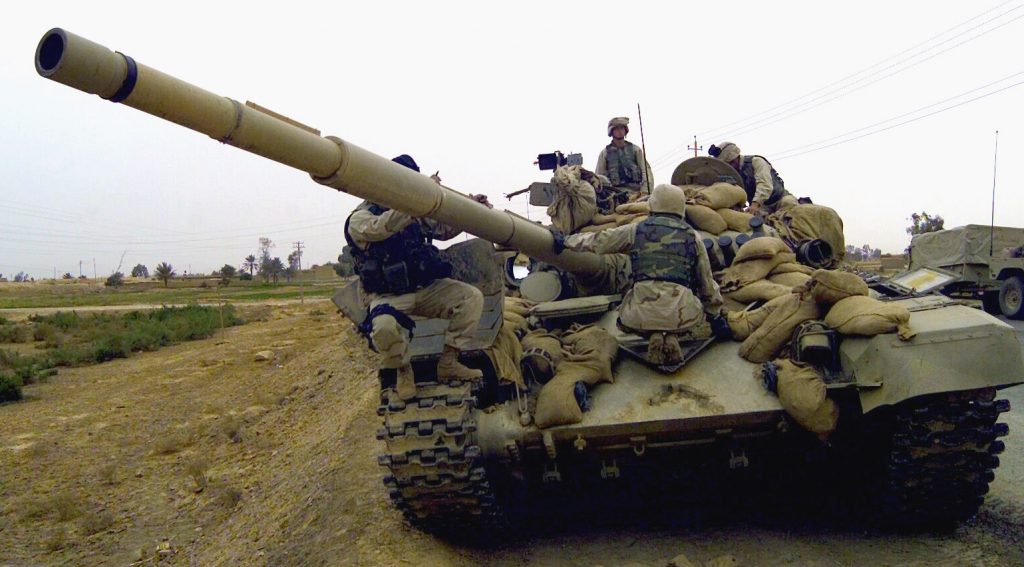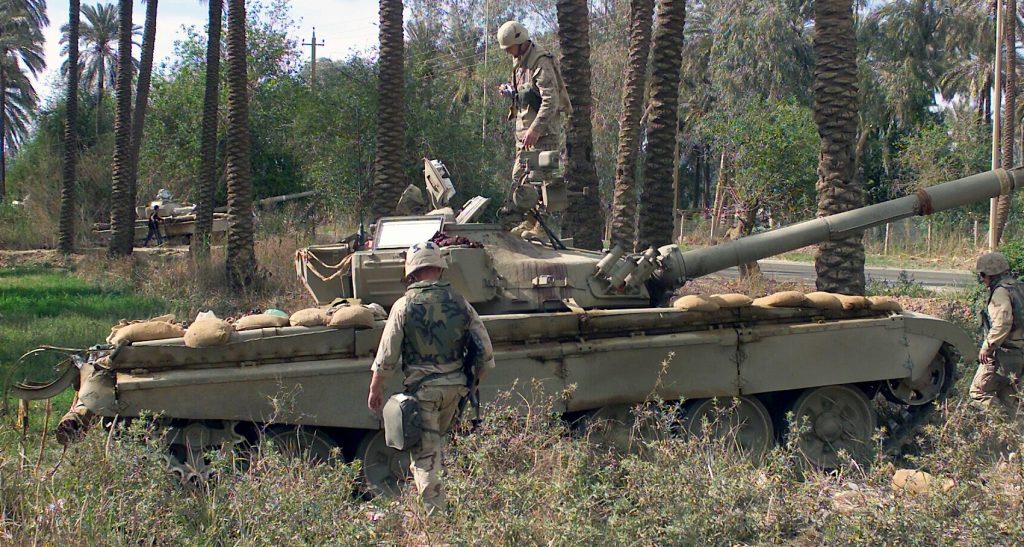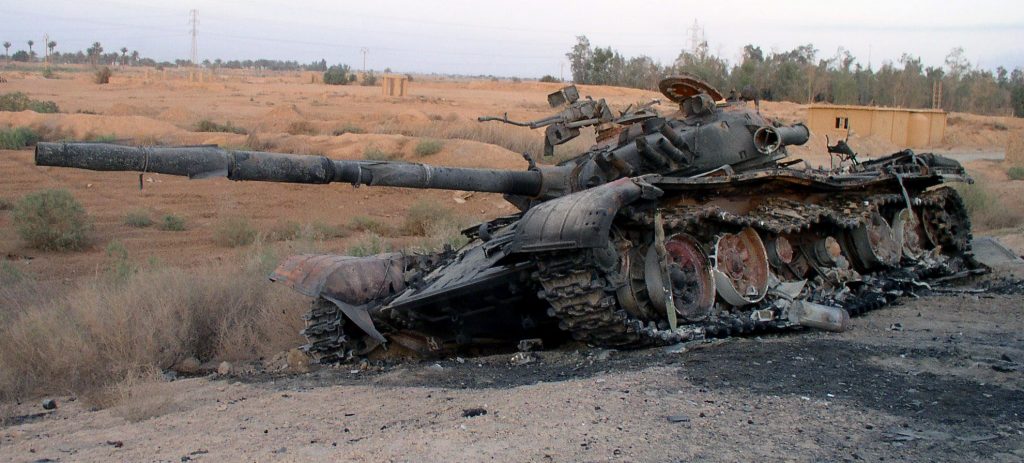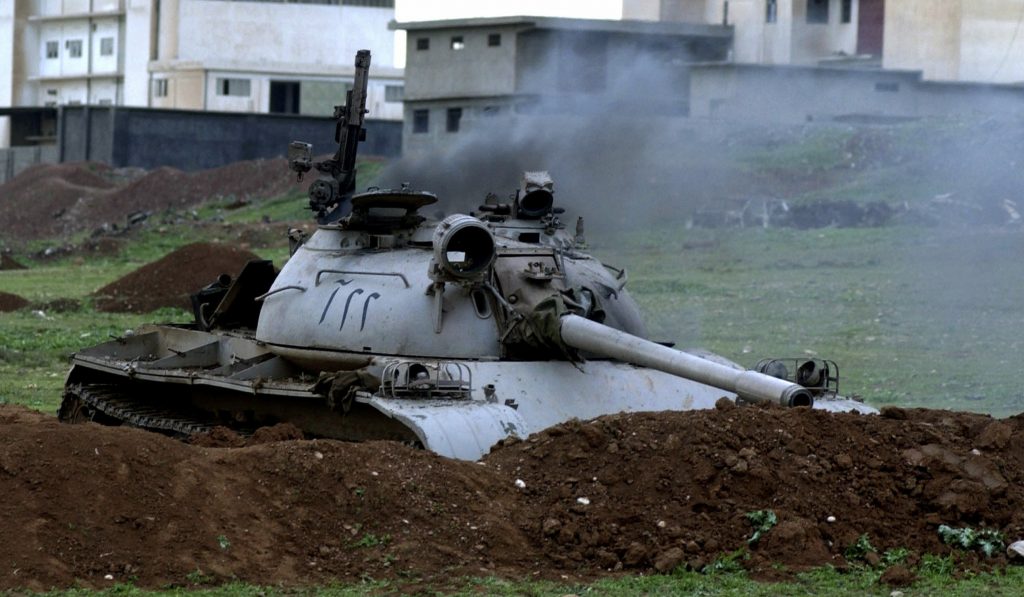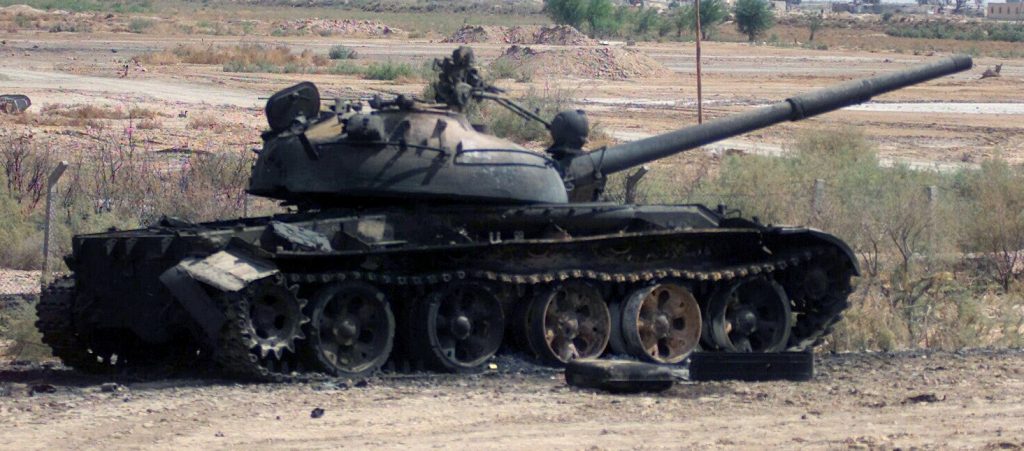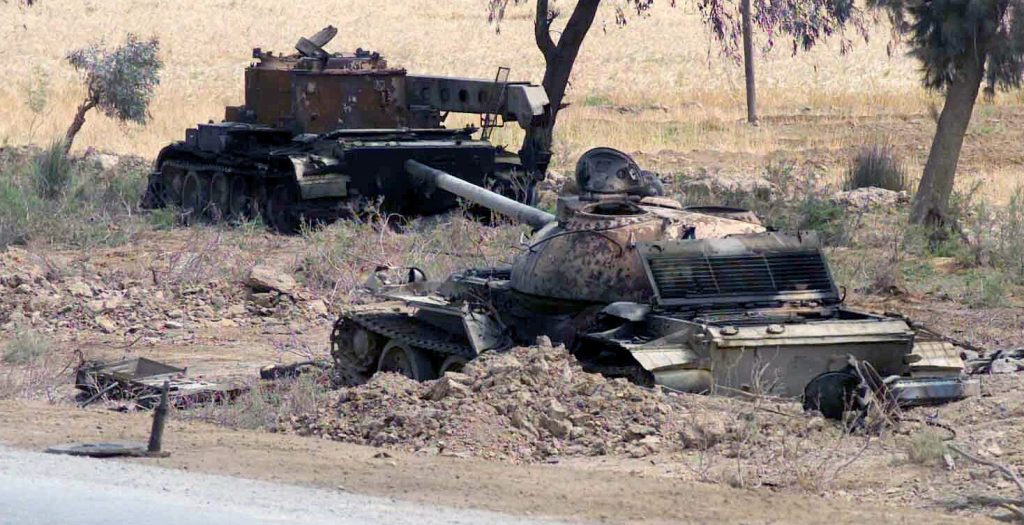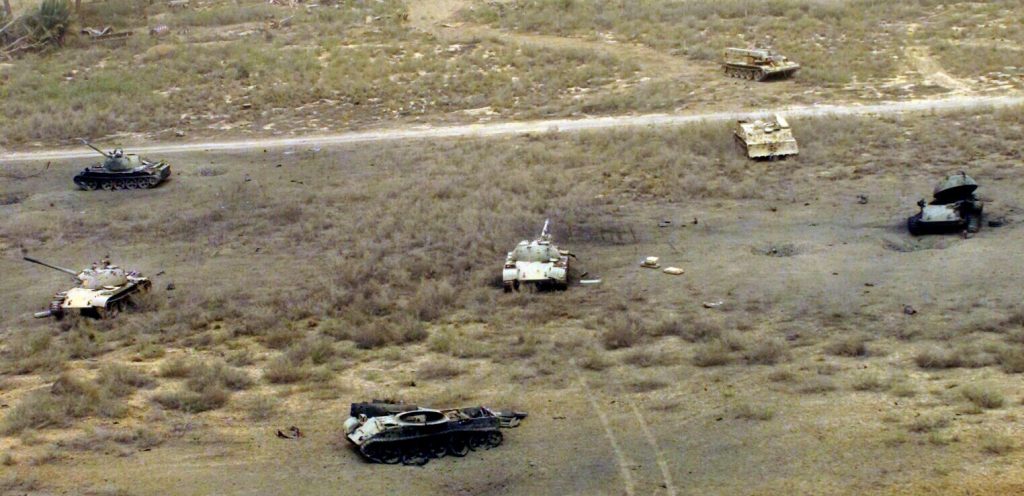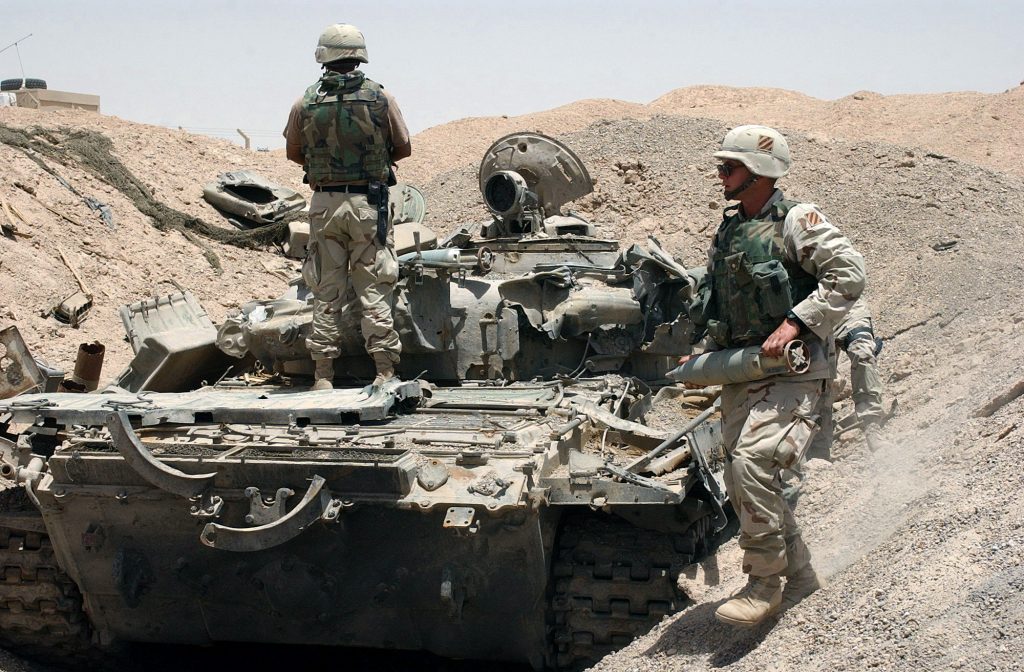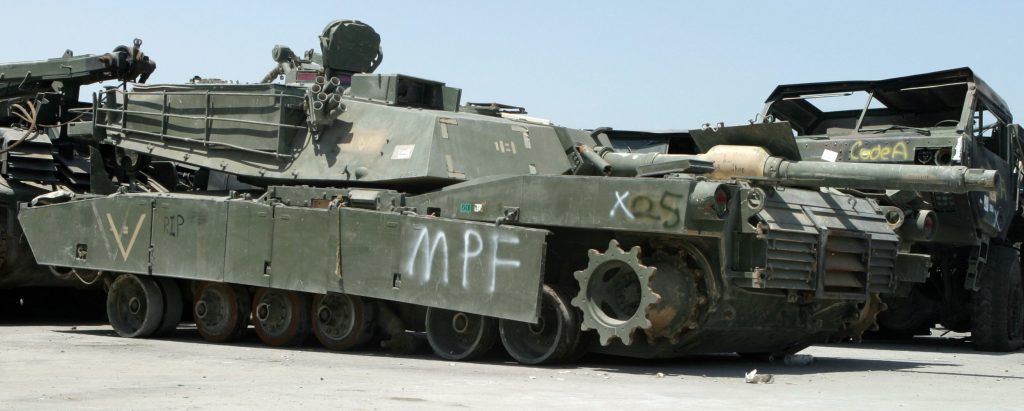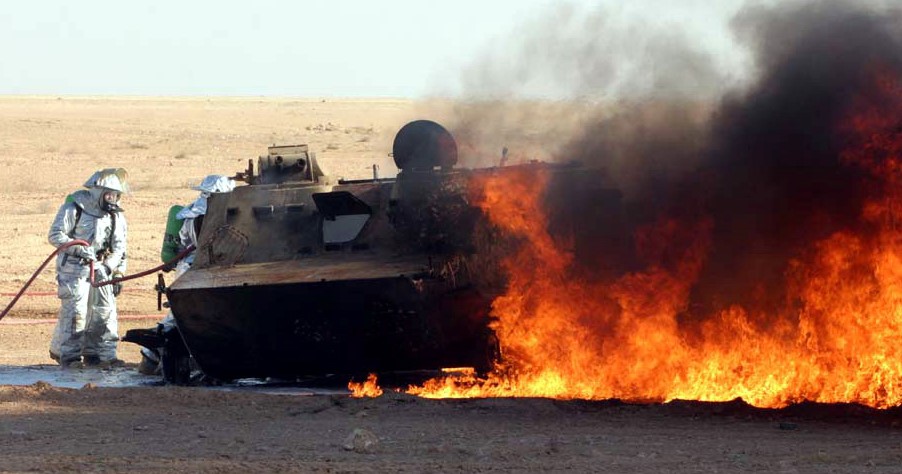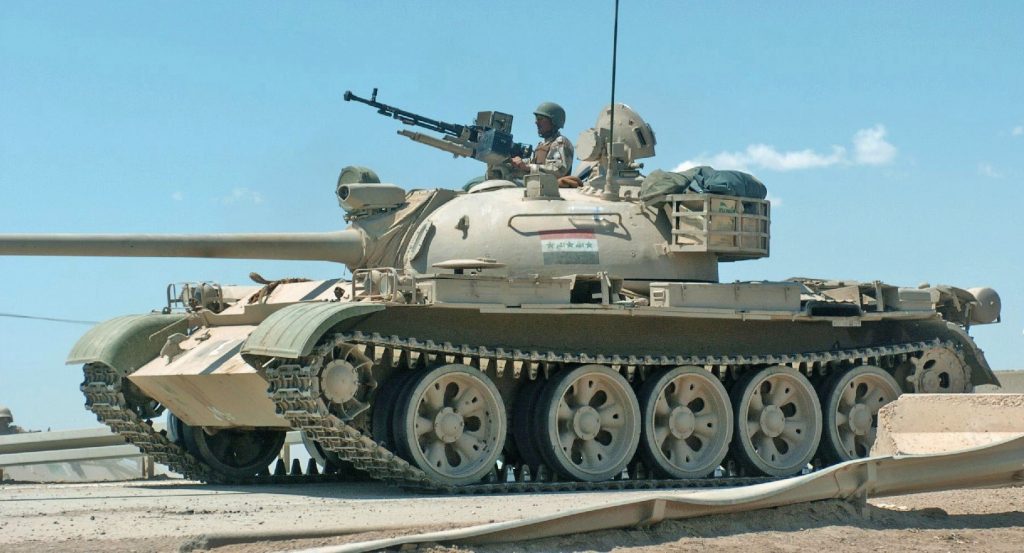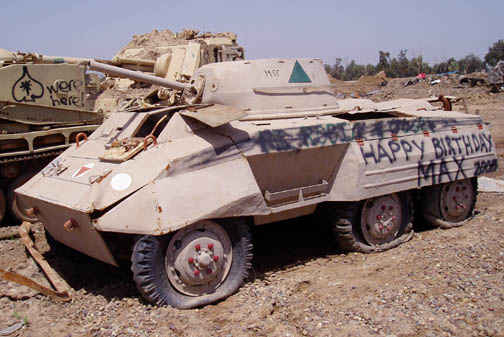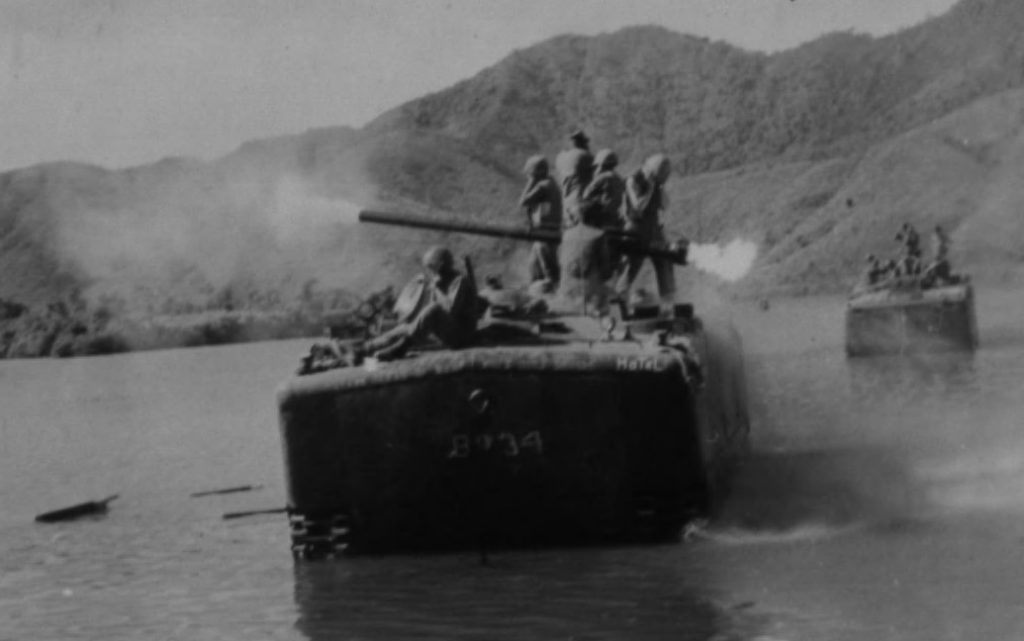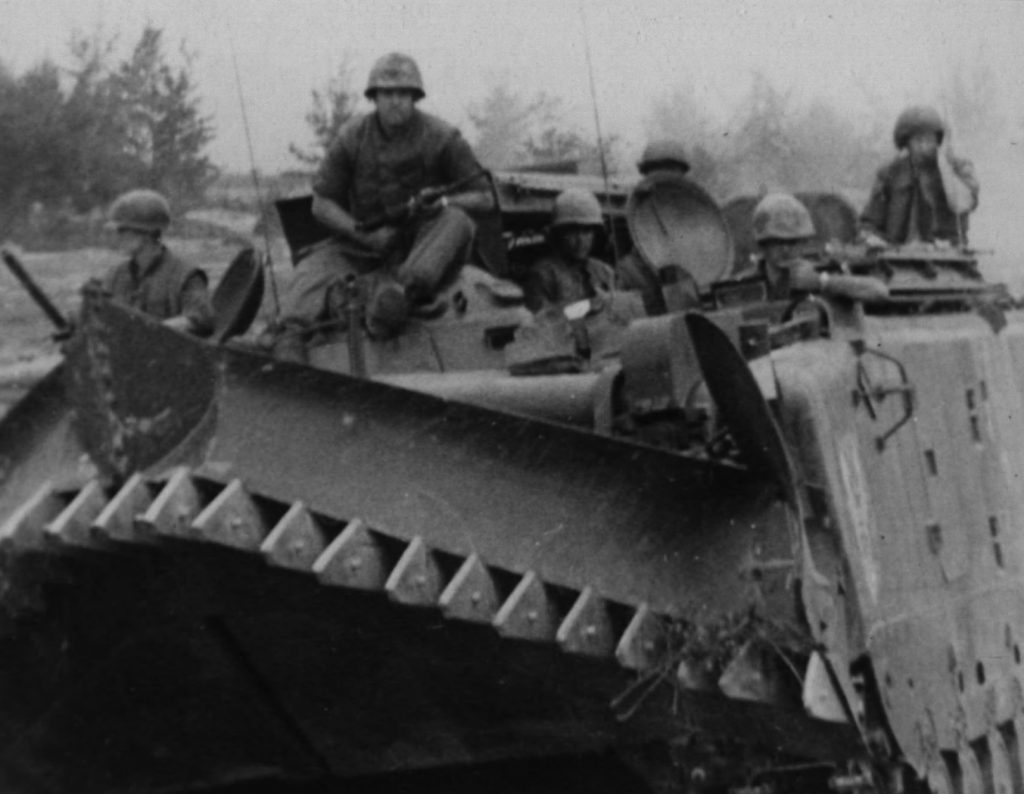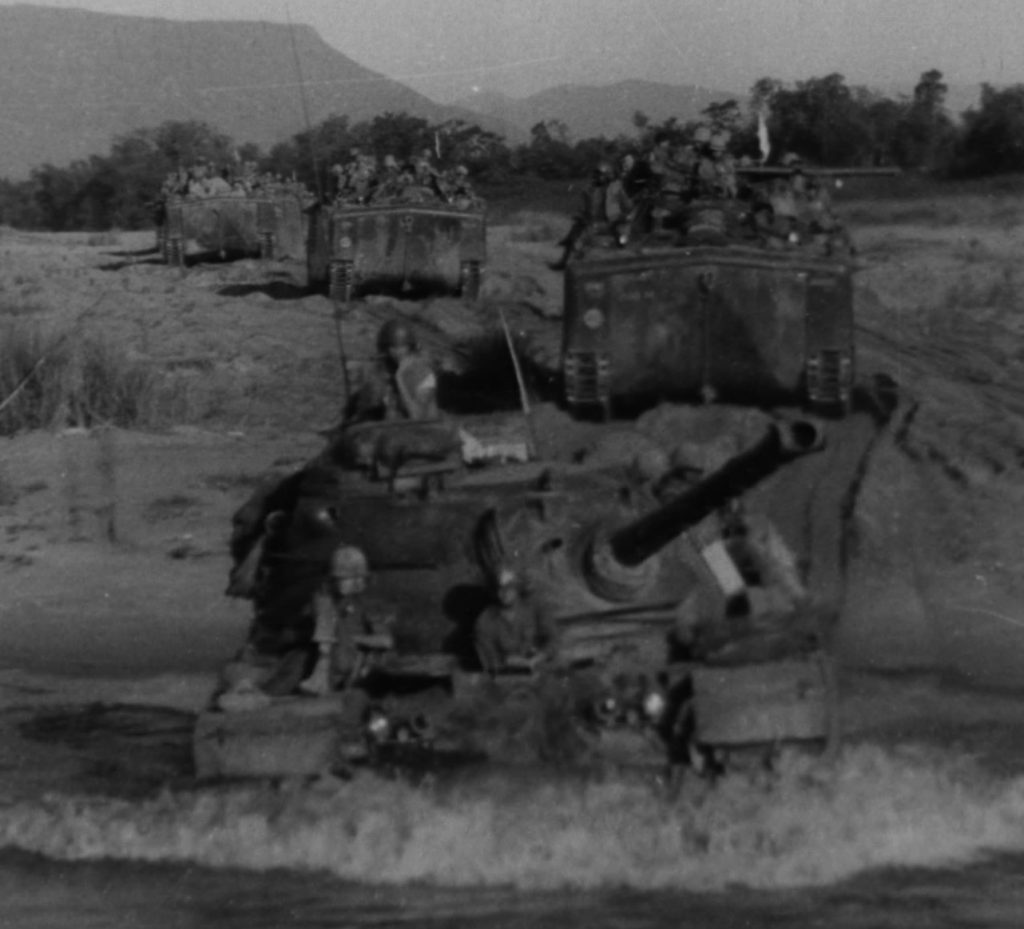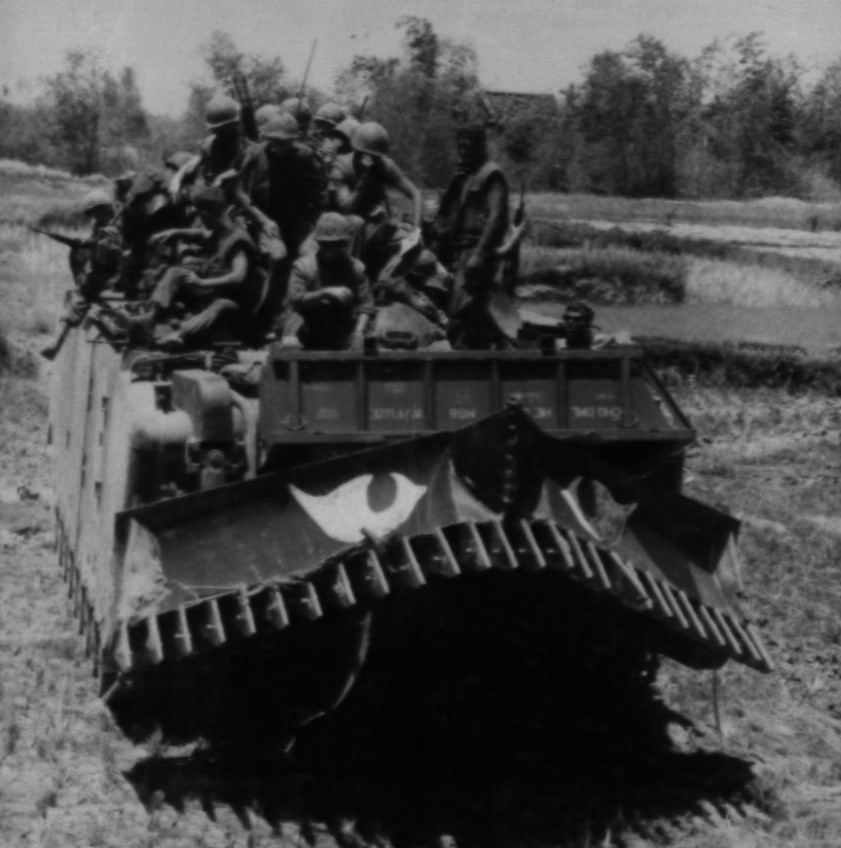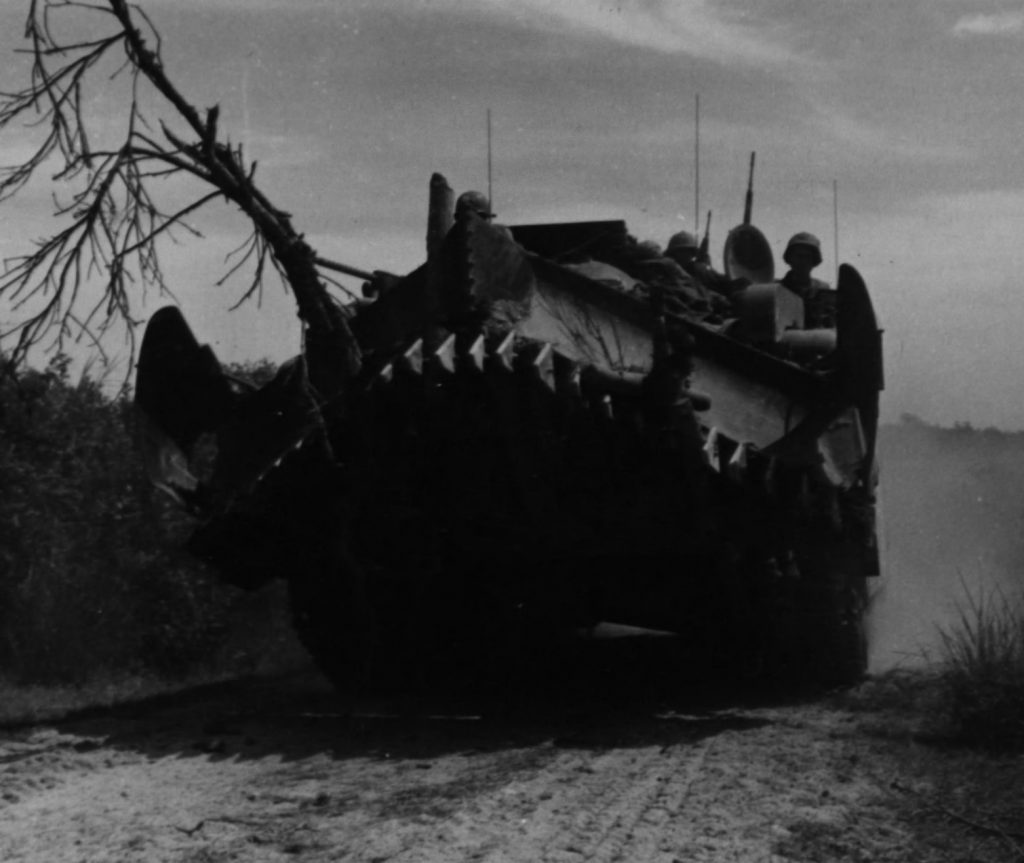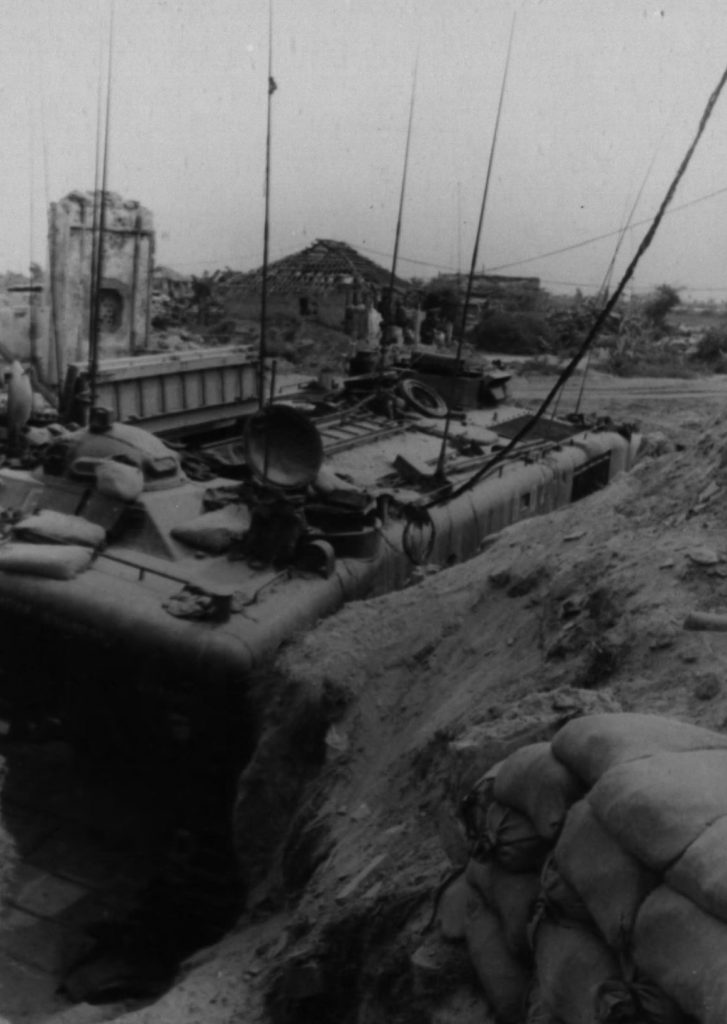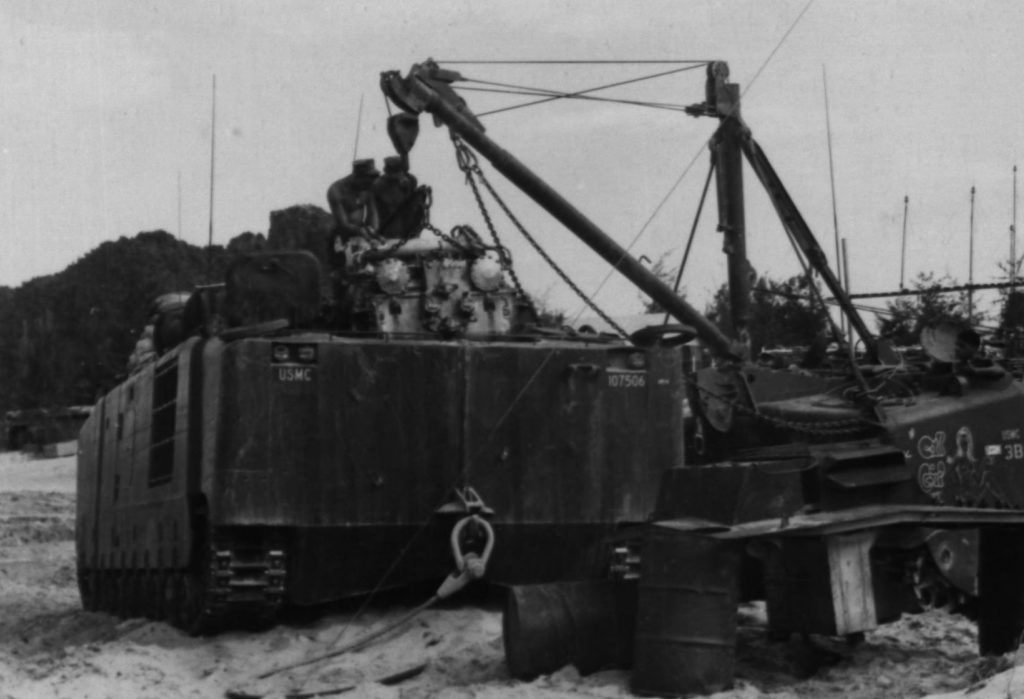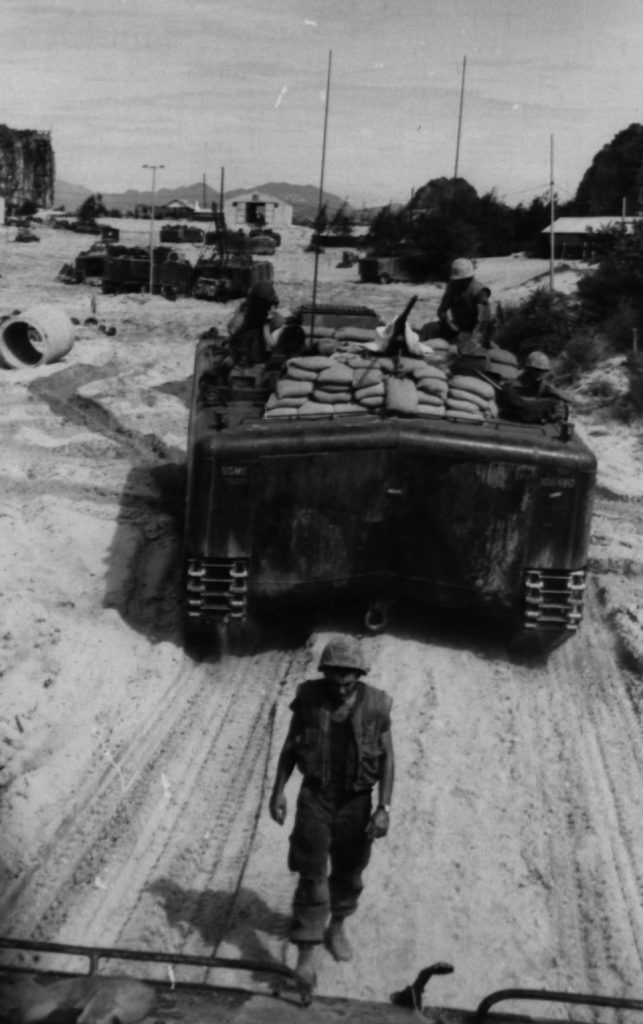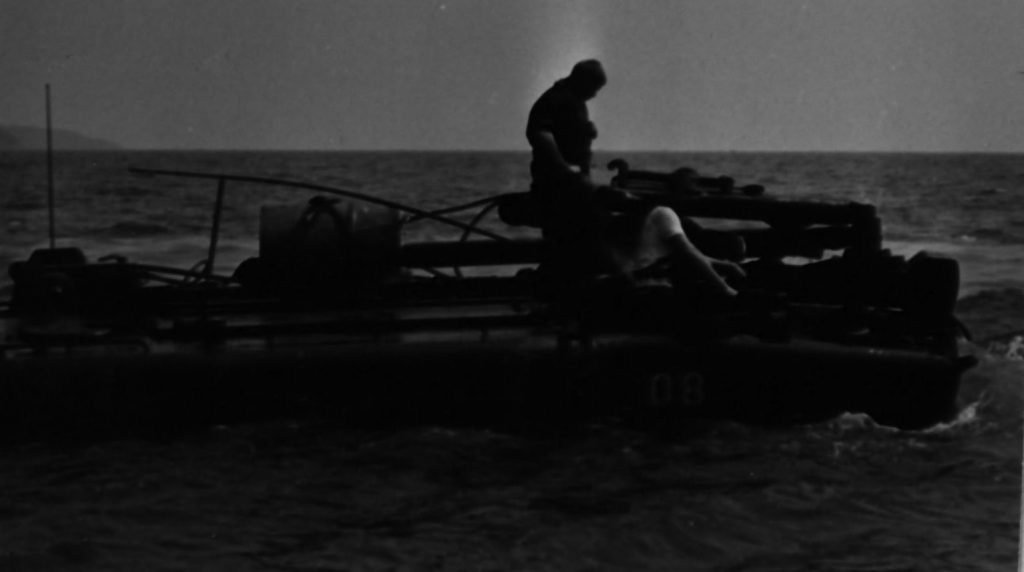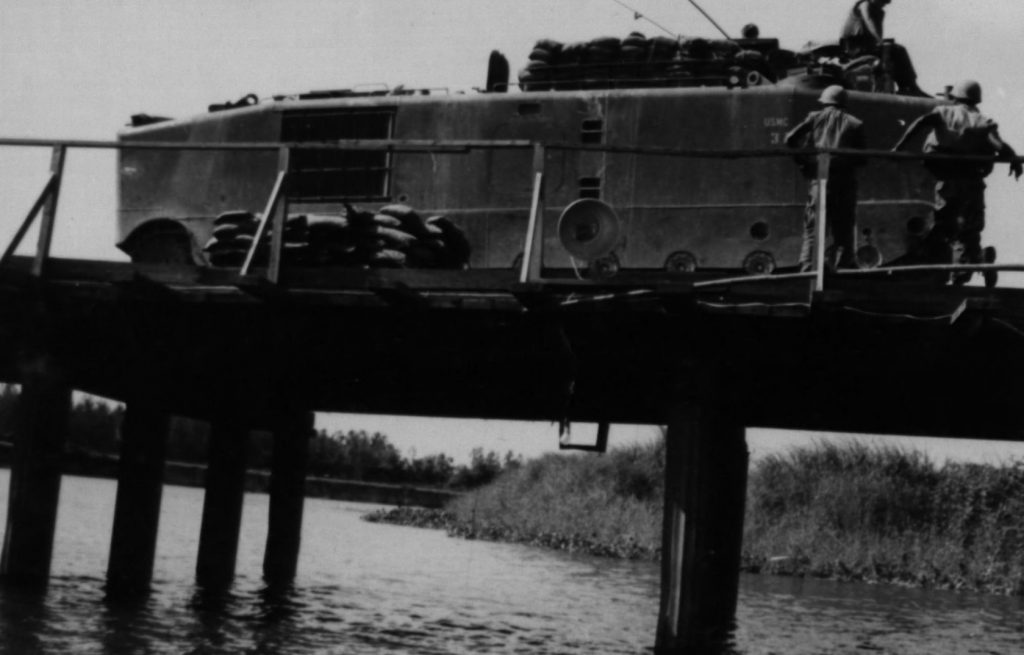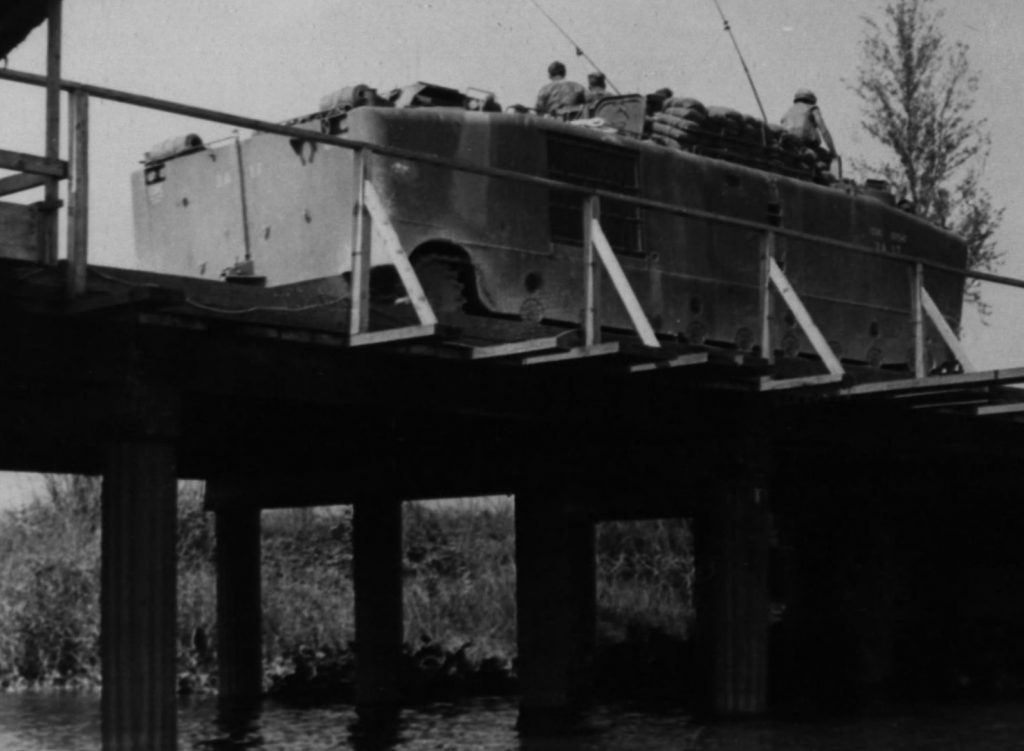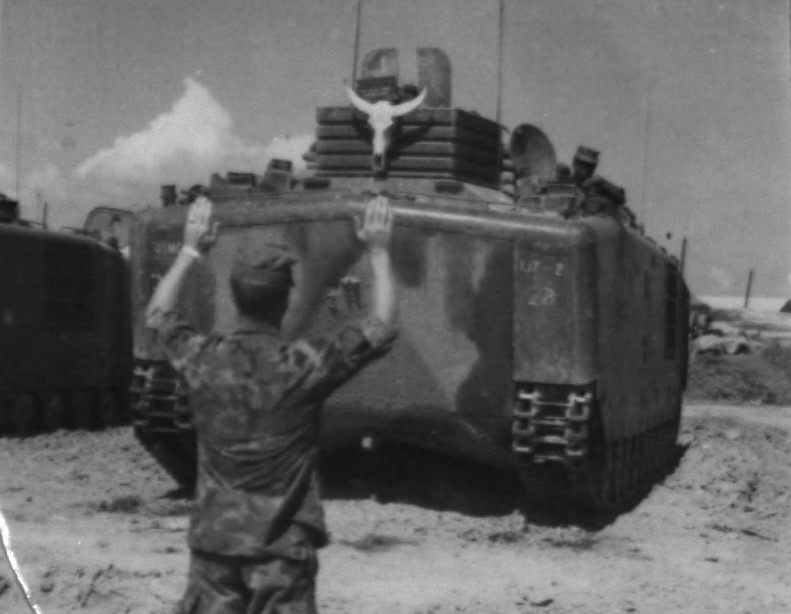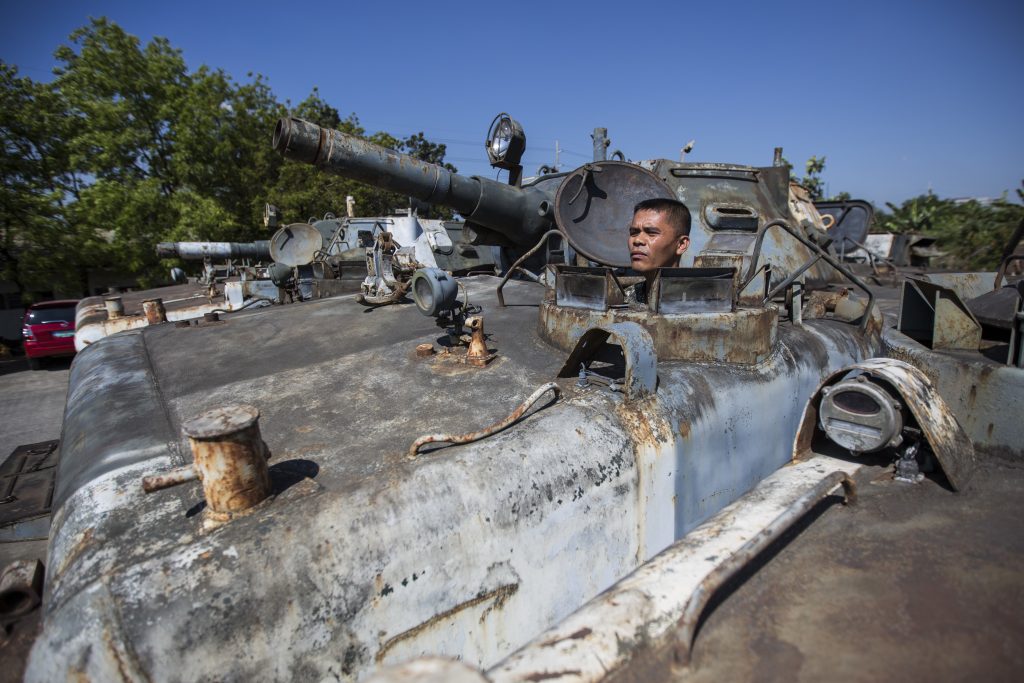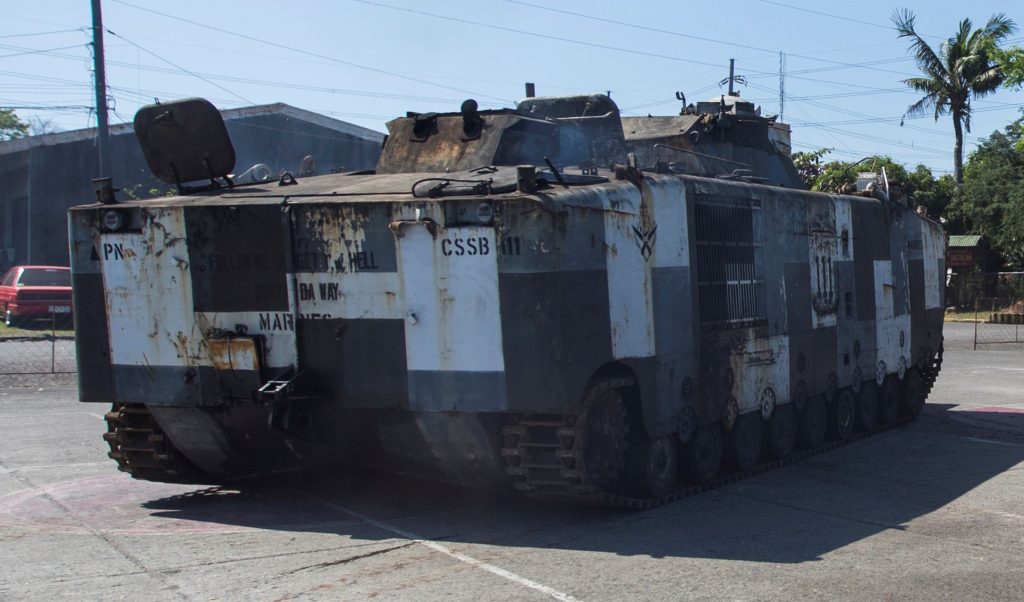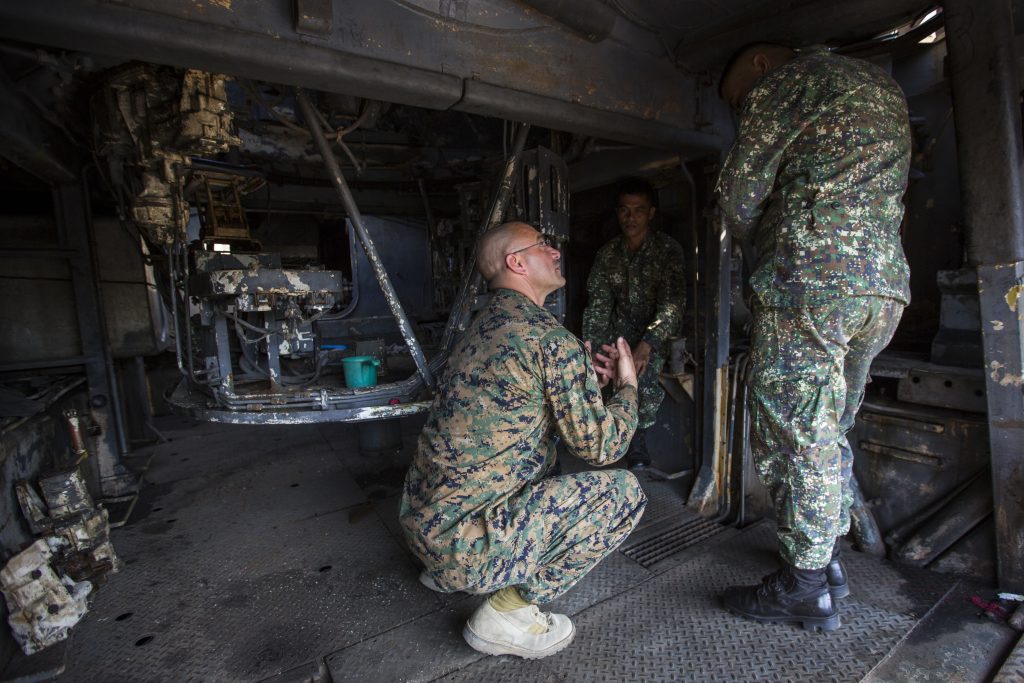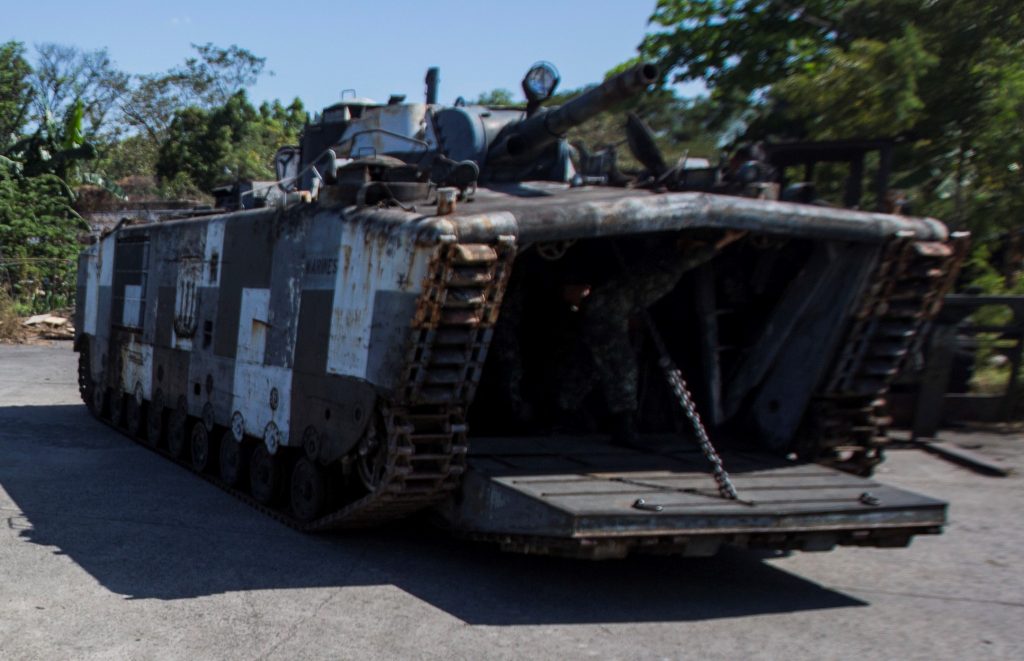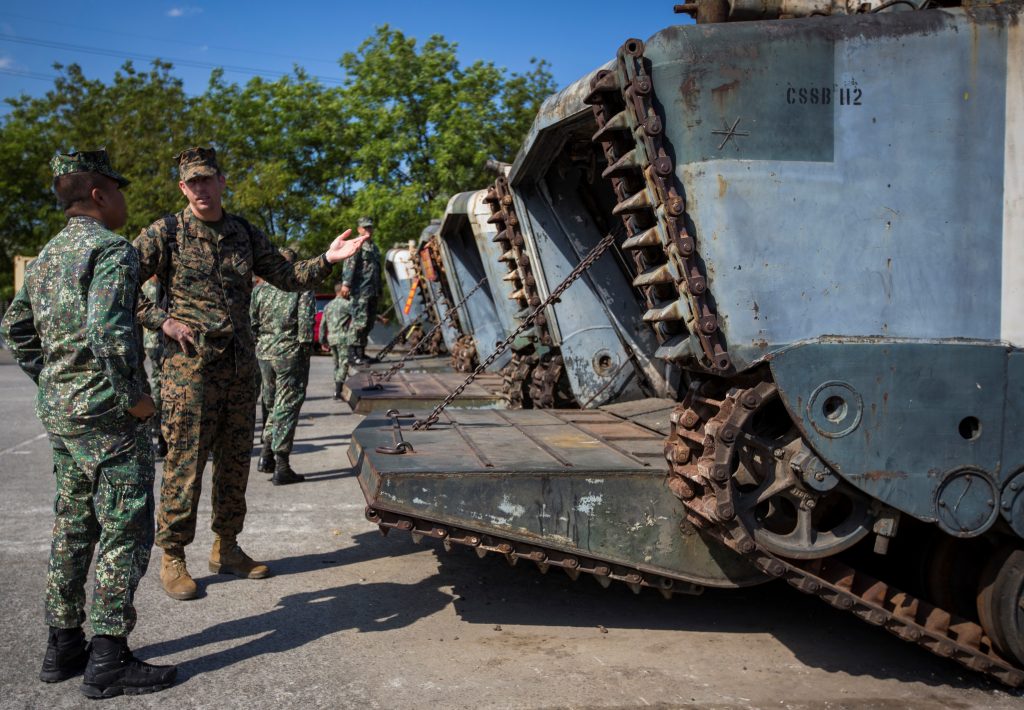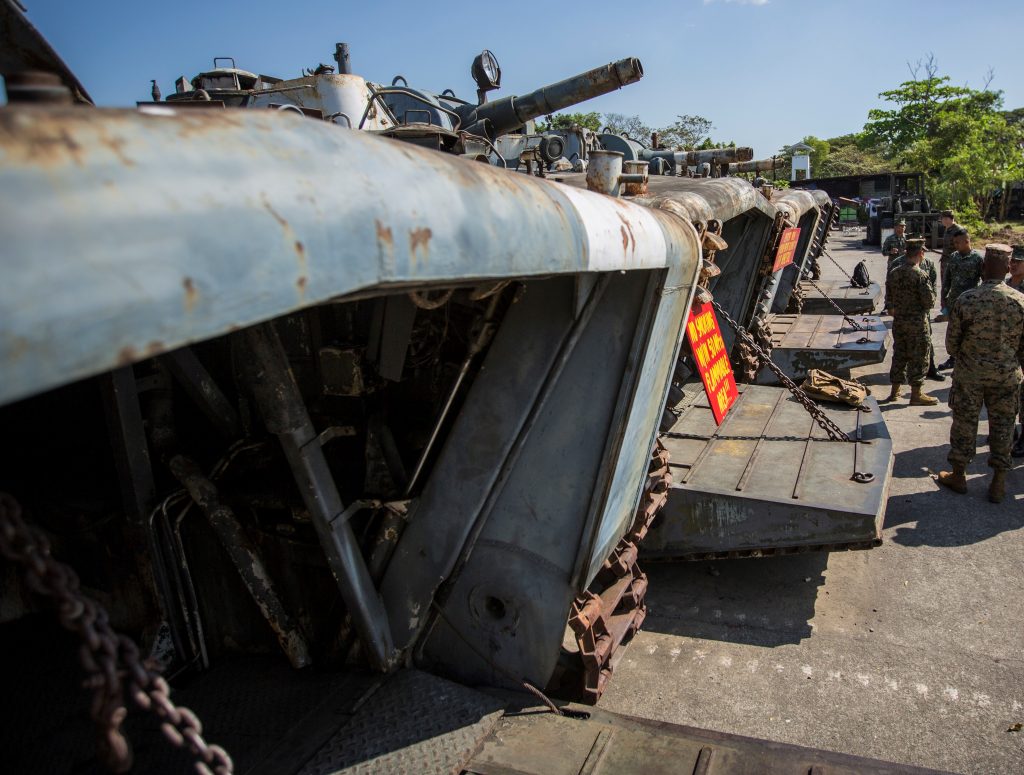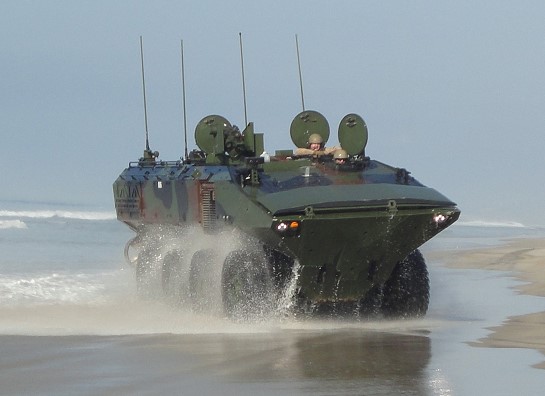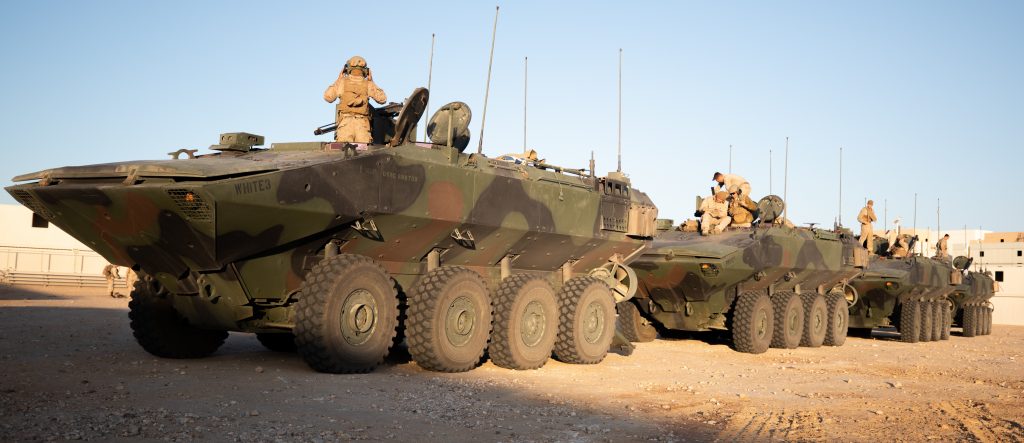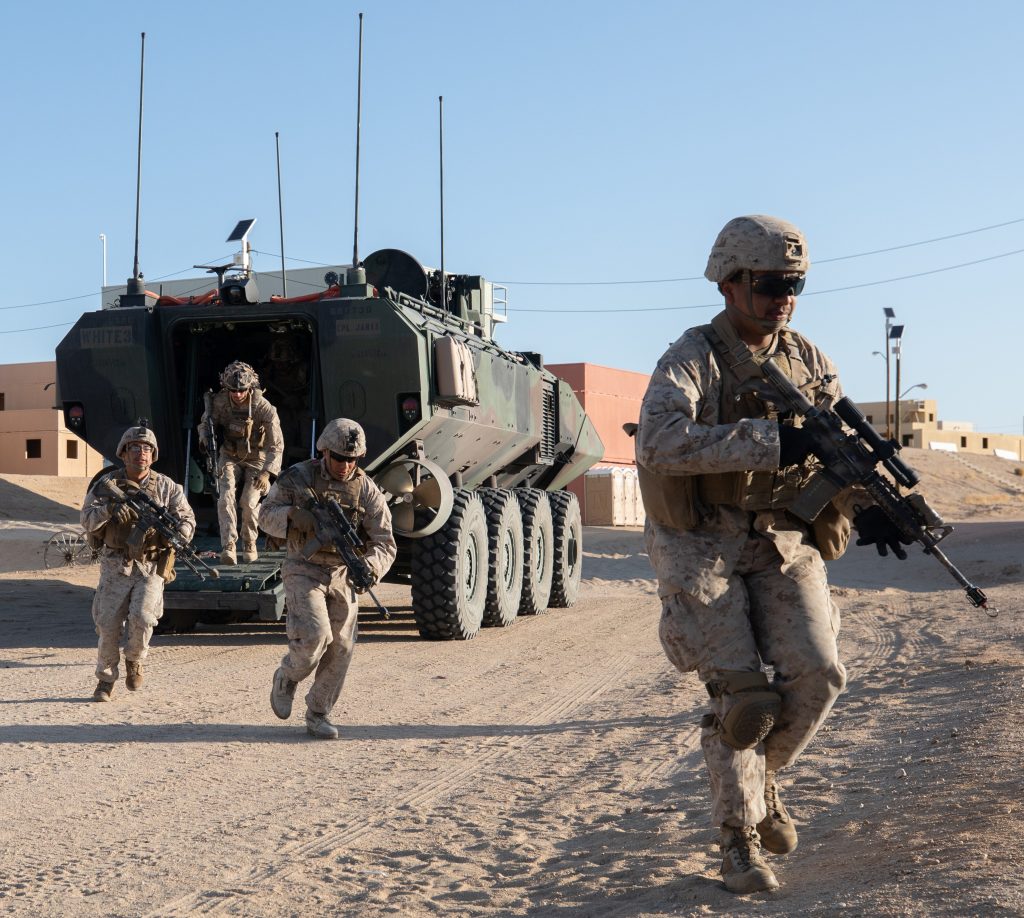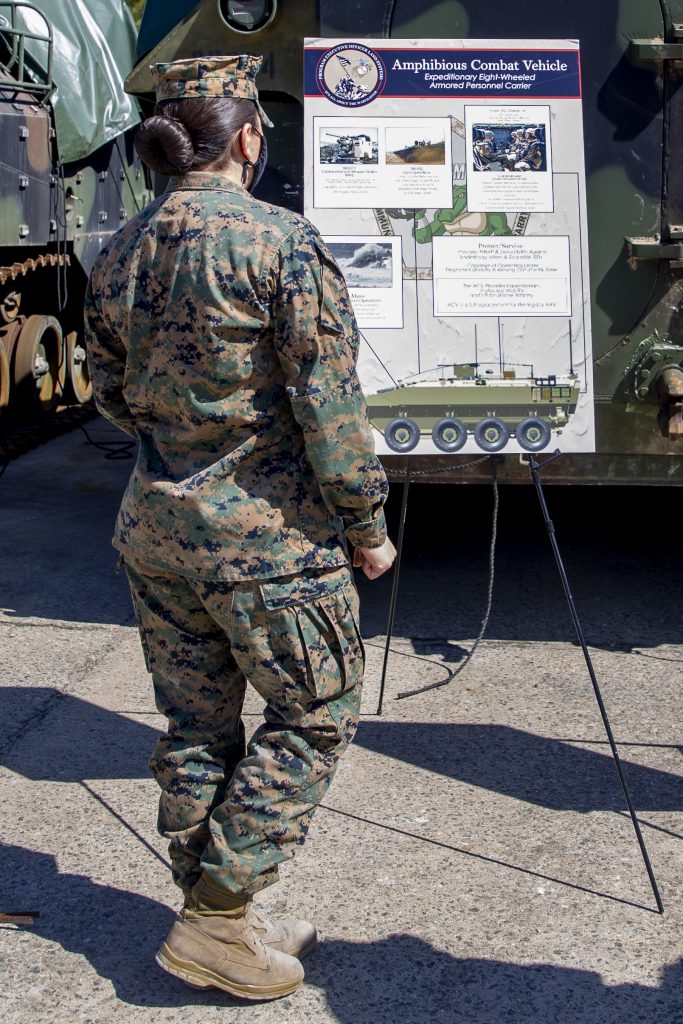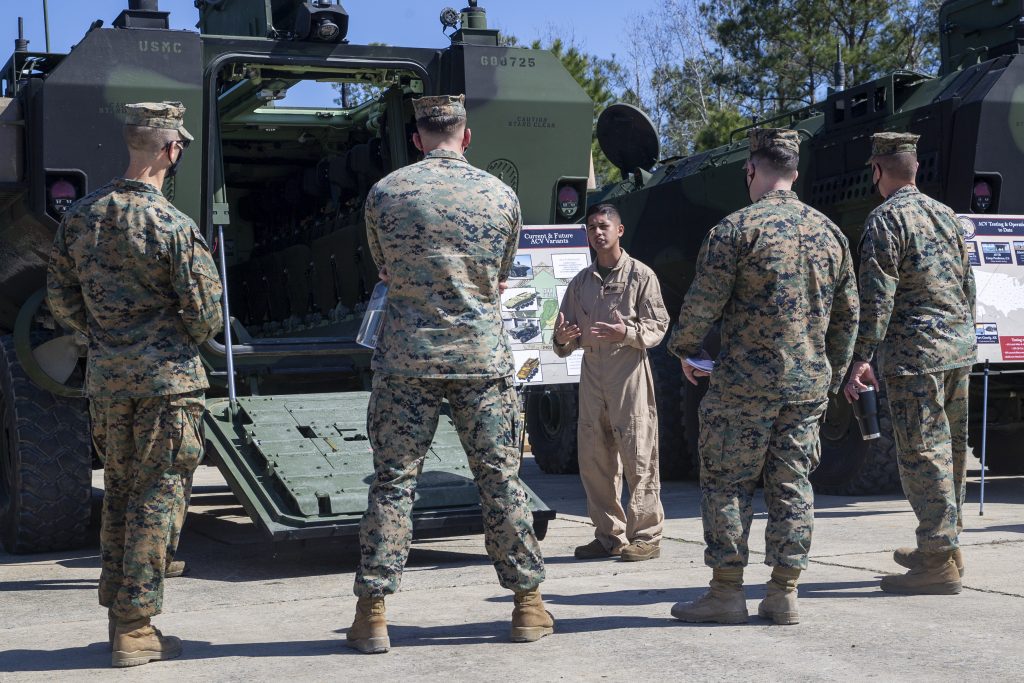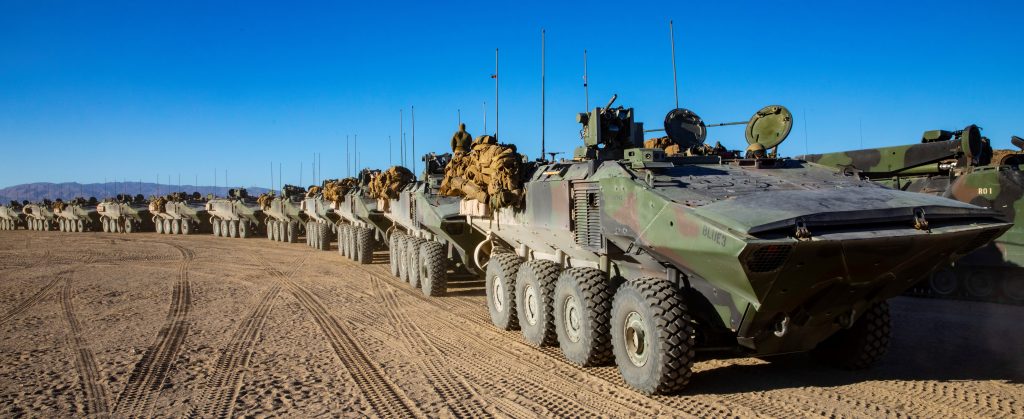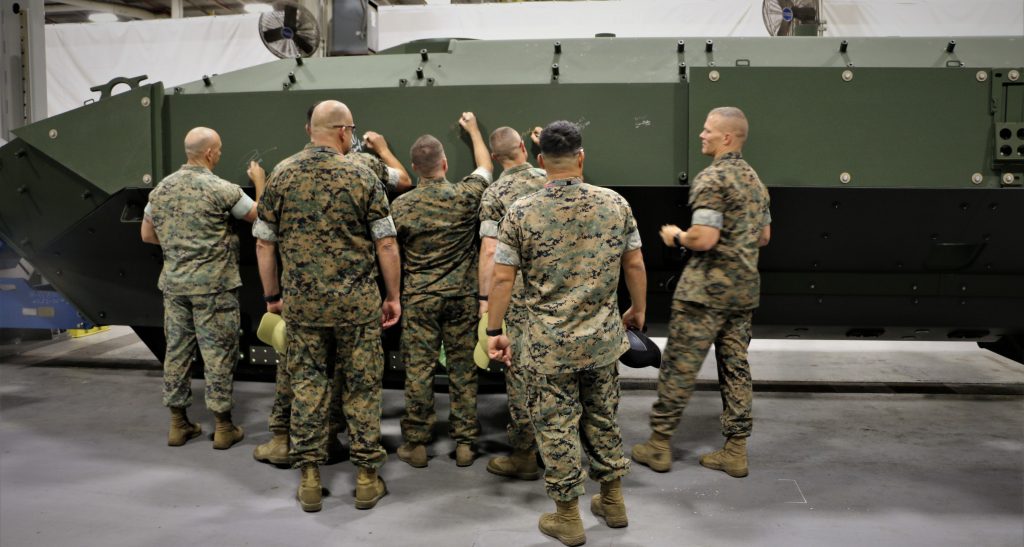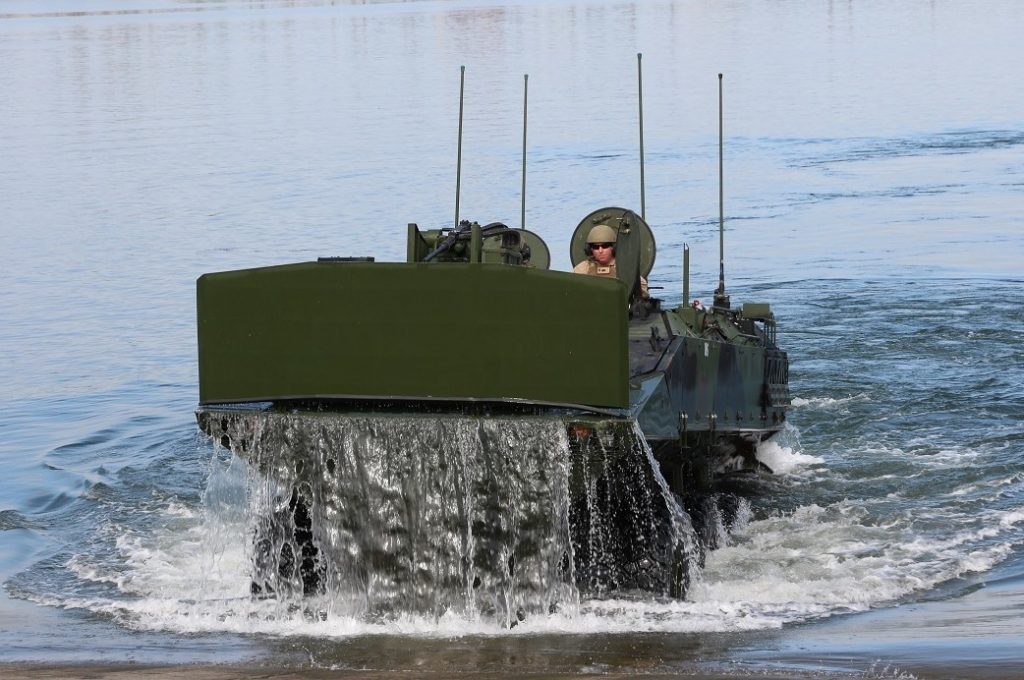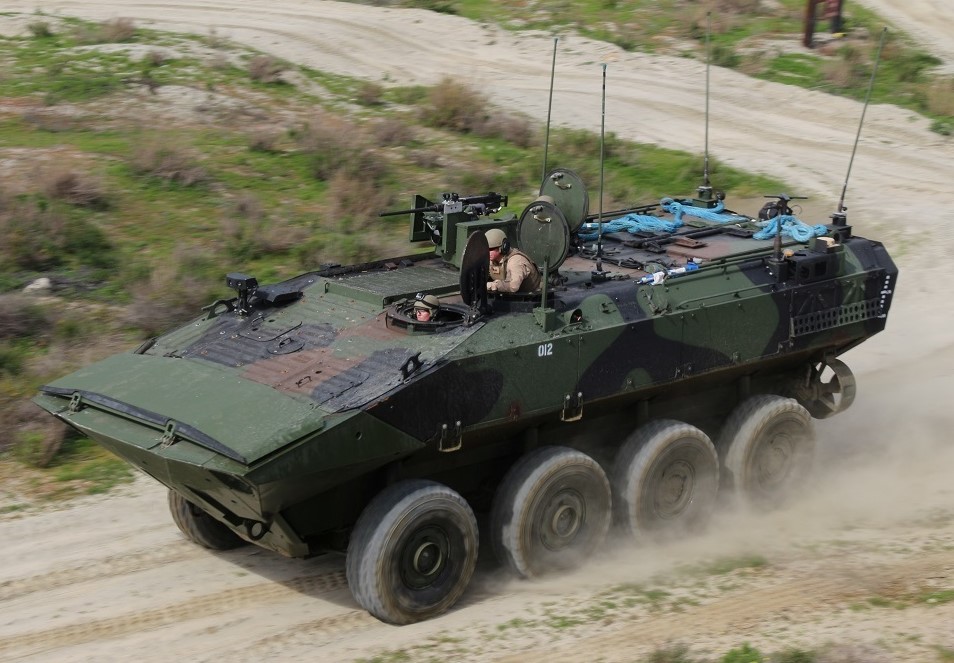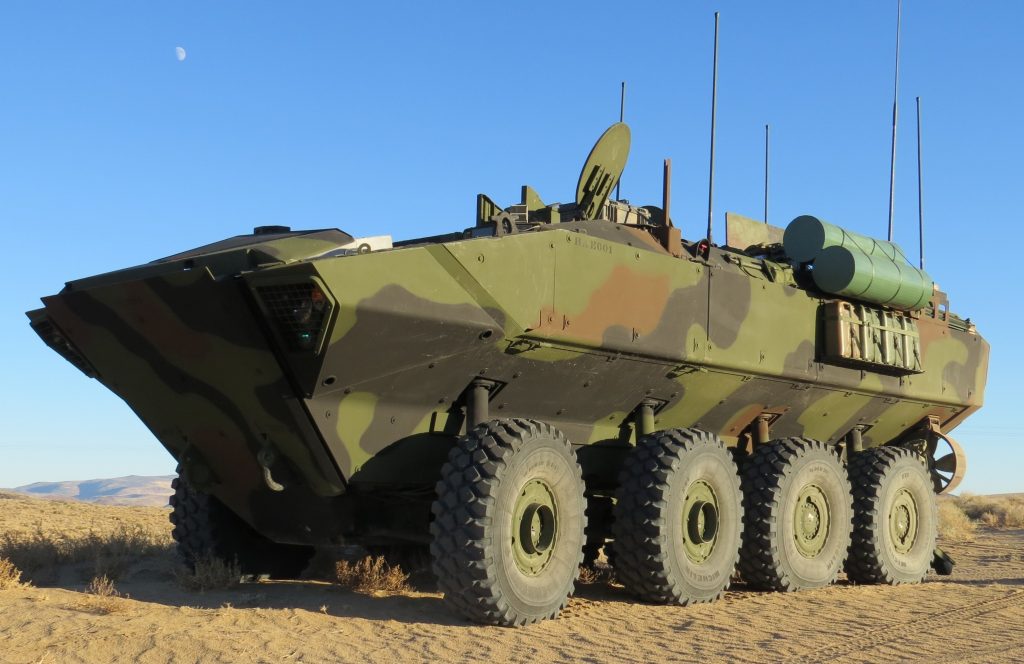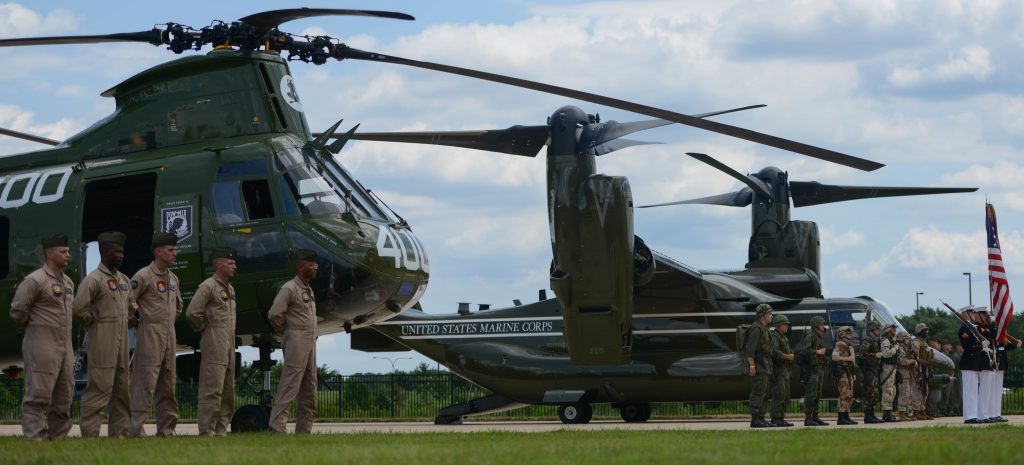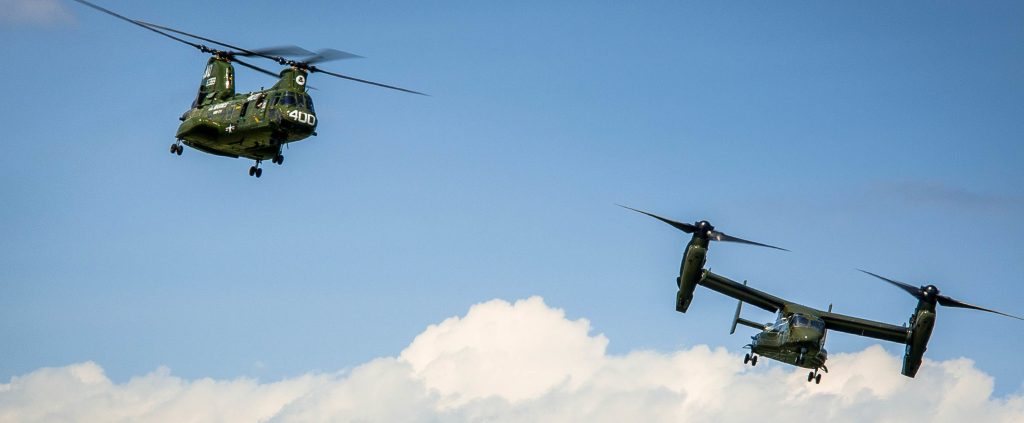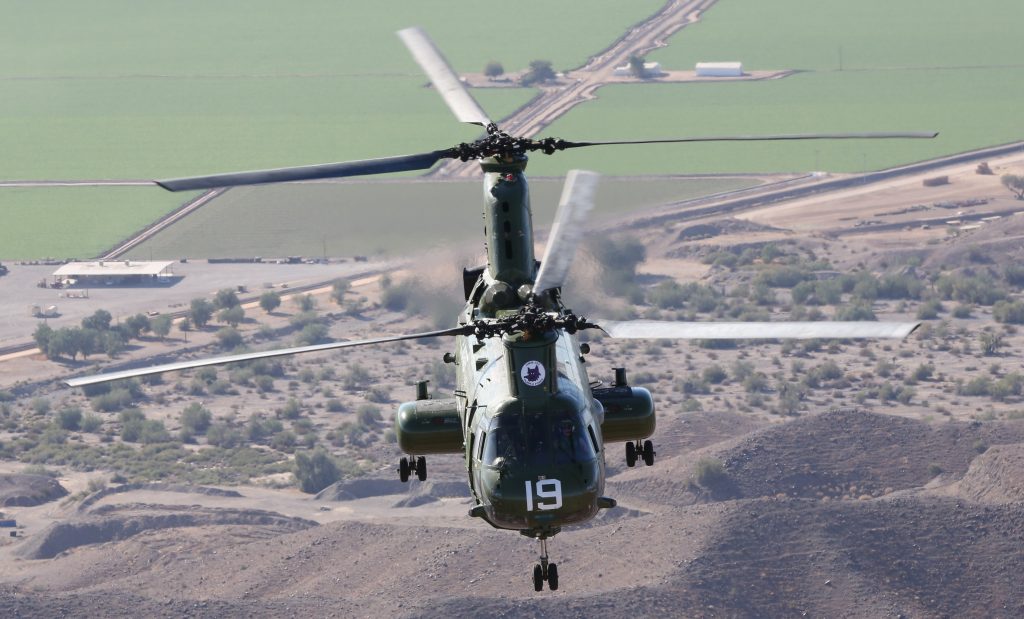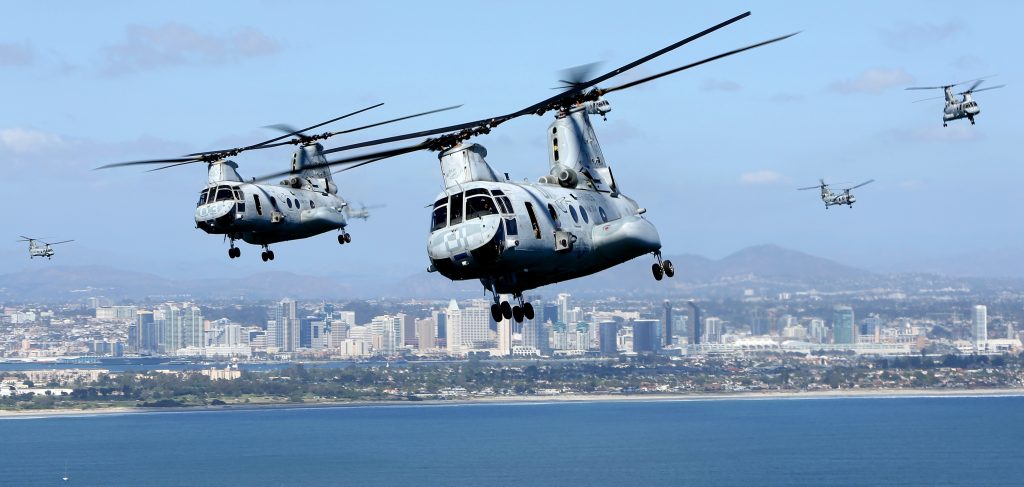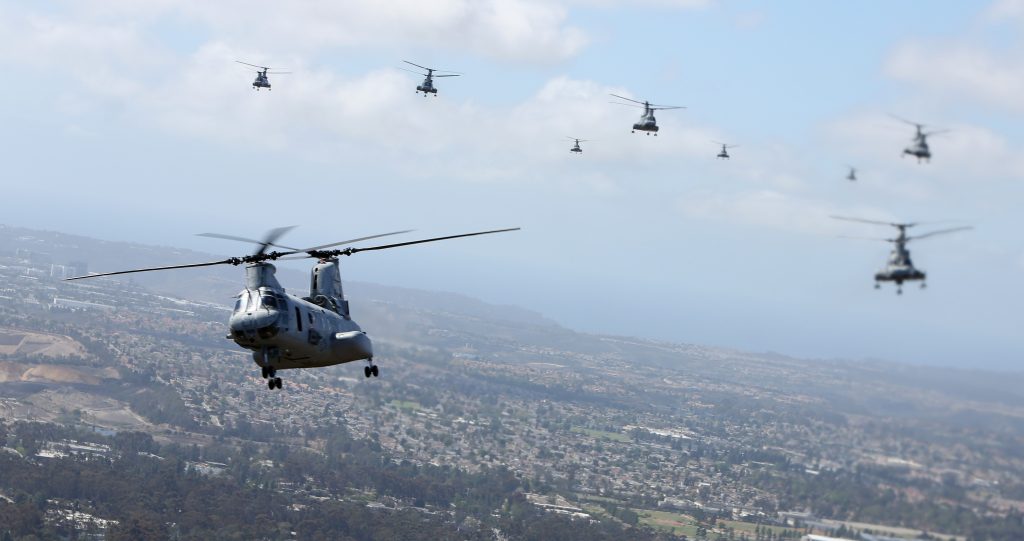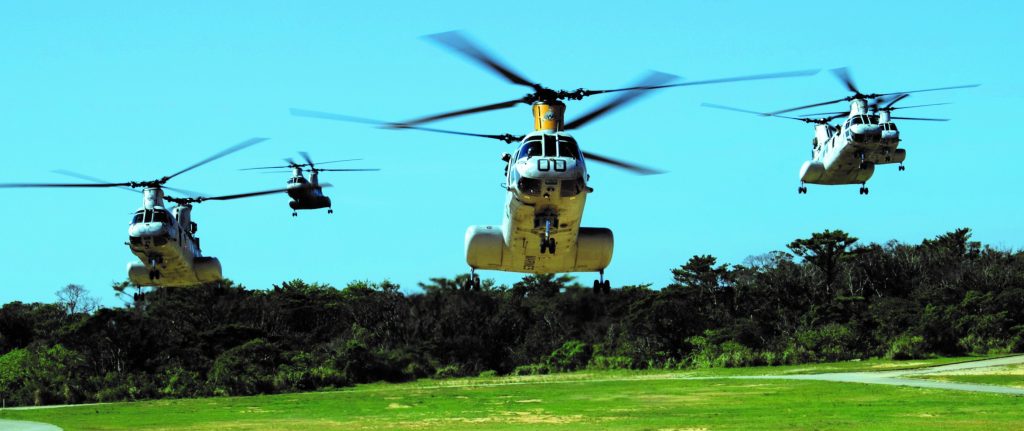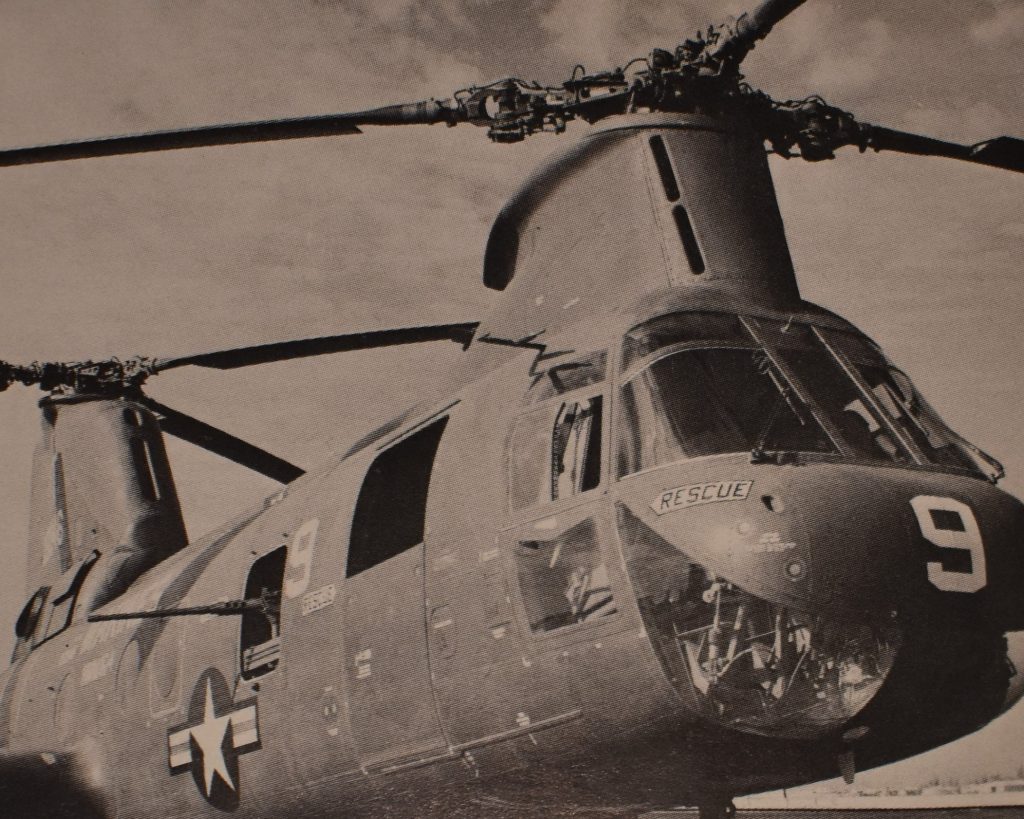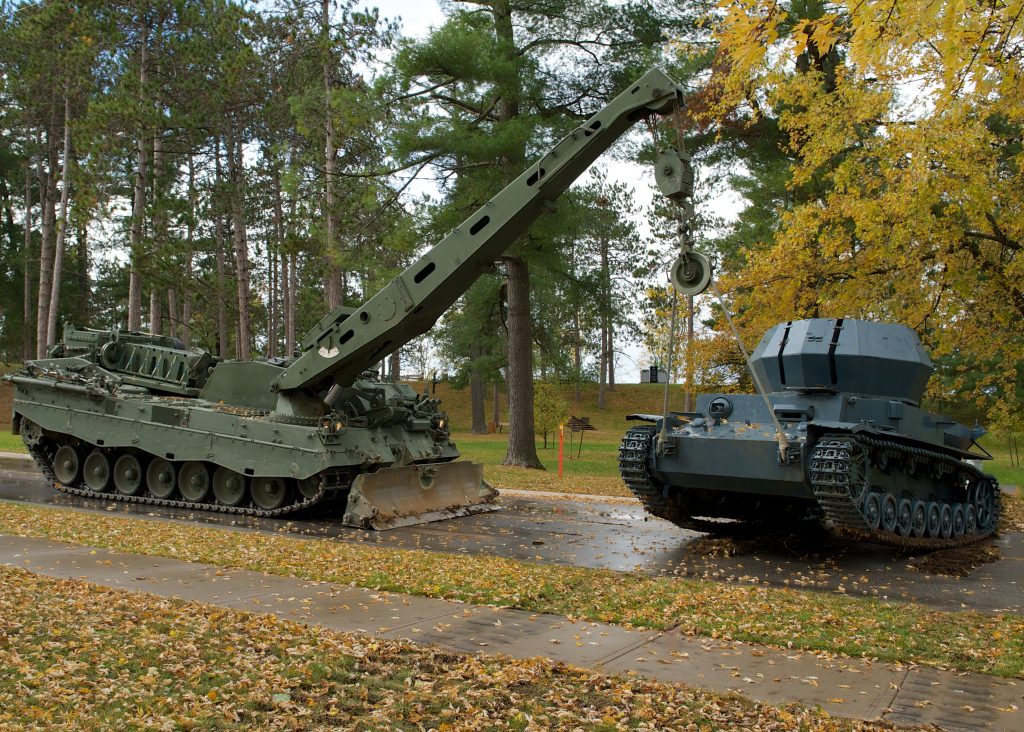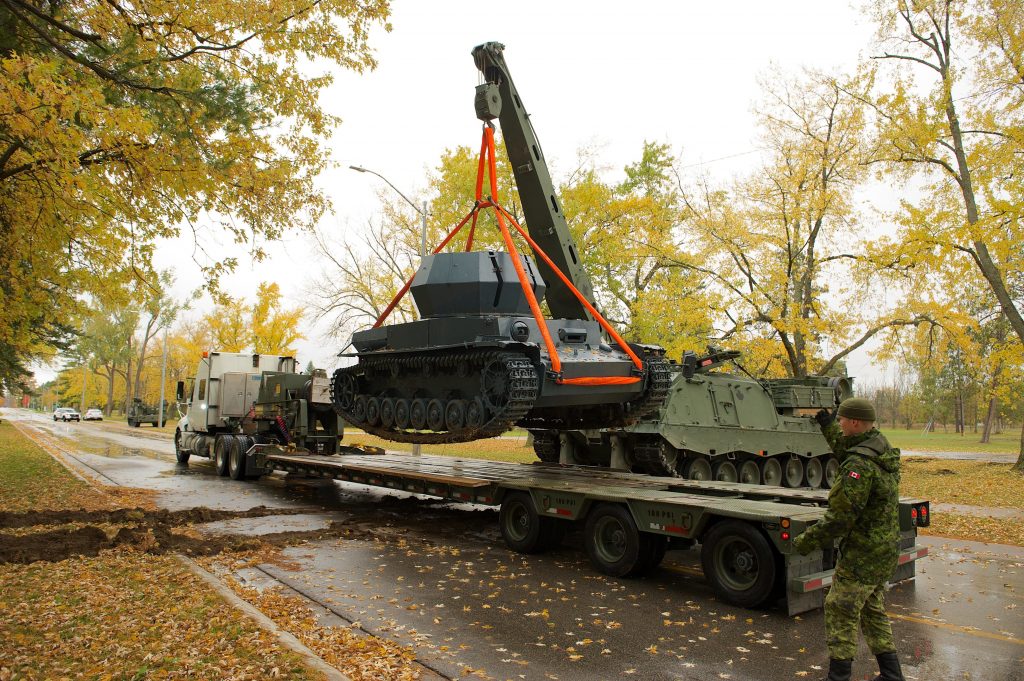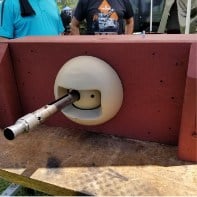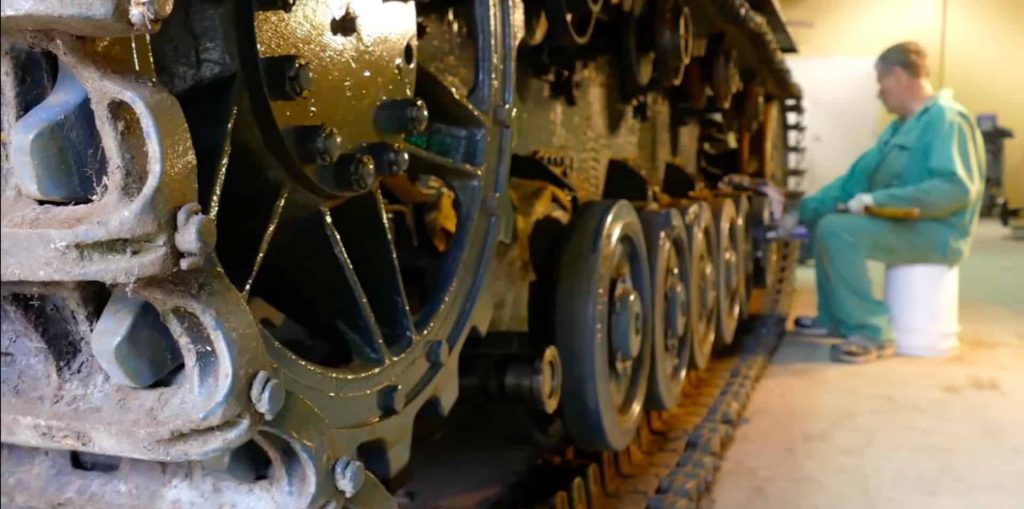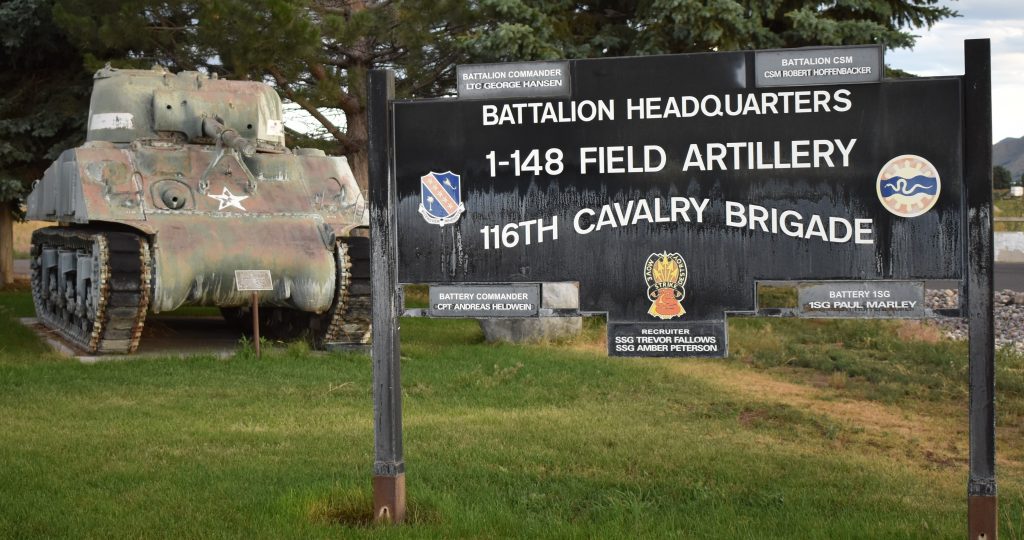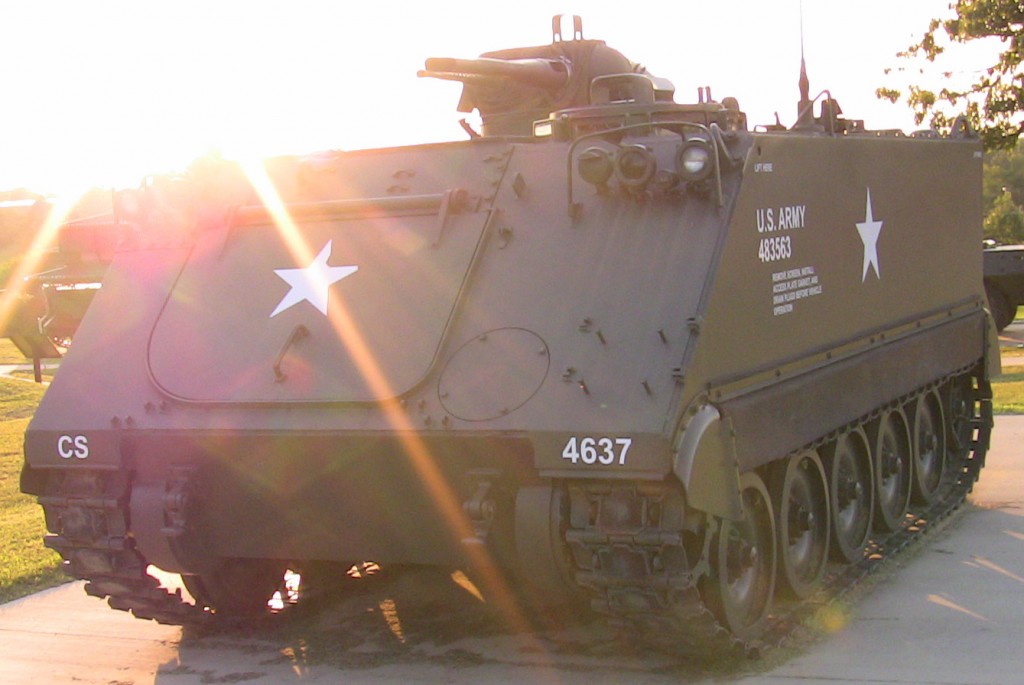Believe it or not, prior to The Wall being built by East Germany (Deutsche Demokratische Republik, D.D.R.) people could pass between the ‘communist’ and ‘capitalist’ zones of Berlin relatively easily (at least compared to what was coming), although periodic ‘Shadow Blockades’ (as the U.S. Department of Defense called them) of capitalist West Berlin were ongoing since the end of the Second World War.
A 1948 U.S. Army film, auf Deutsch, depicting the never ending problems in French, British, U.S. zones (sectors) of West Berlin with electrical power and food/water supplies caused by the economic blockades of the Soviet controlled D.D.R., resulting in the famous Berlin Airlift:
A second U.S. Army film, also auf Deutsch, showing that the success of the Berlin Airlift did not decrease border tensions, with both the U.S. and Soviets building up military forces in the eastern and western zones of Germany:
This 1951 U.S. Army film shows people, commercial trucks and even military trucks, crossing between ‘commie’ East Germany and ‘capitalist’ West Berlin, relatively freely (with the proper documents):
In 1952, Soviet leader Joseph Stalin proposed to unify Germany as a politically neutral country, the puppet leaders of capitalist occupied West Germany (Federal Republic of Germany, Bundes Republik Deutschland, B.R.D.) rejected the proposal.
In 1953, construction workers in East Berlin went on strike over the ‘Sovietization’ of the D.D.R. The strike spread to an uprising across East Germany. It should be noted that the capitalist West did nothing to support the uprising, possibly because remnants of the World War Two era National-Sozialistische Deutsche Arbeiter Partei (NSDAP) were involved with the anti-commie uprising. The uprising was squashed when the Soviets deployed military units equipped with T-34-85s.
Silent film of 1953 Uprising, and beginning of mass-exodus:
“On November 10, 1958, Soviet Premier Nikita Khrushchev delivered a speech in which he demanded that the Western powers of the United States, Great Britain and France pull their forces out of West Berlin within six months. This ultimatum sparked a three year crisis over the future of the city of Berlin that culminated in 1961 with the building of the Berlin Wall.”
By 1961, West Berlin was the easiest route for an East German to gain freedom from communism. City leaders of the eastern commie zone decided the only way they could stop Ost-Berliners (and I don’t mean jelly donuts) from fleeing to the West-side, and declaring refugee status, was to build a wall around the capitalist controlled West Berlin.
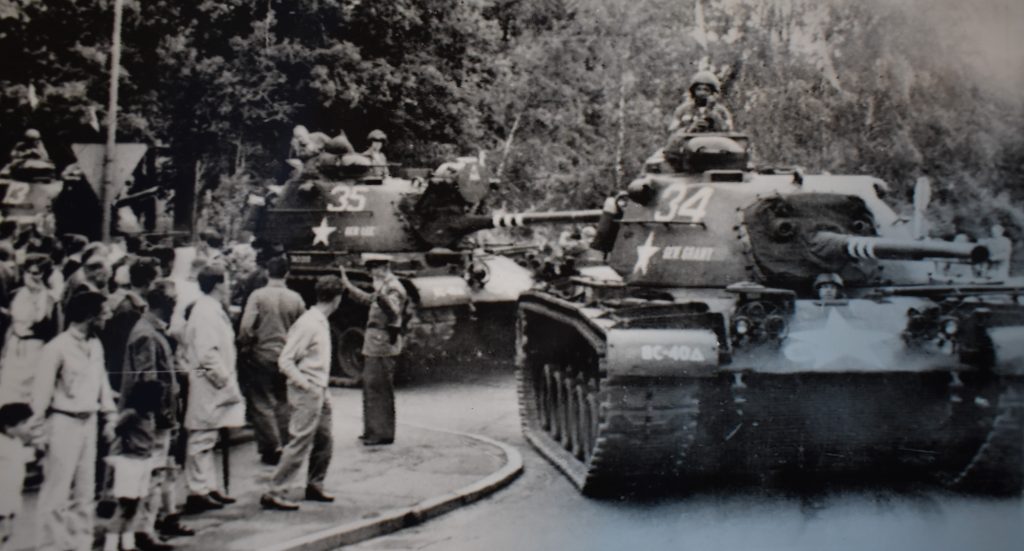
Photo via United Press International.
On 04JUL1961, U.S. Army ‘Berlin Brigade’ M48A1s took part in an Independence Day parade, which culminated in the M48A1s firing a 50-gun-salute less than two miles from the East German border. In the photo notice that the 90mm main-guns of the tanks have had their bore-evacuators and muzzle-brakes removed, probably to enhance the noise and smoke from the blank-ammo used in the 50-gun-salute.
According to USA (United States Army) claims, in July 1961 an estimated 30-thousand East Germans fled to the West, followed by more than 20-thousand in the first two weeks of August 1961!
U.S. President John F Kennedy, apparently not wanting to repeat the failure of the previous Administration in not supporting fleeing East Germans in 1953, announces military support for West Berlin:
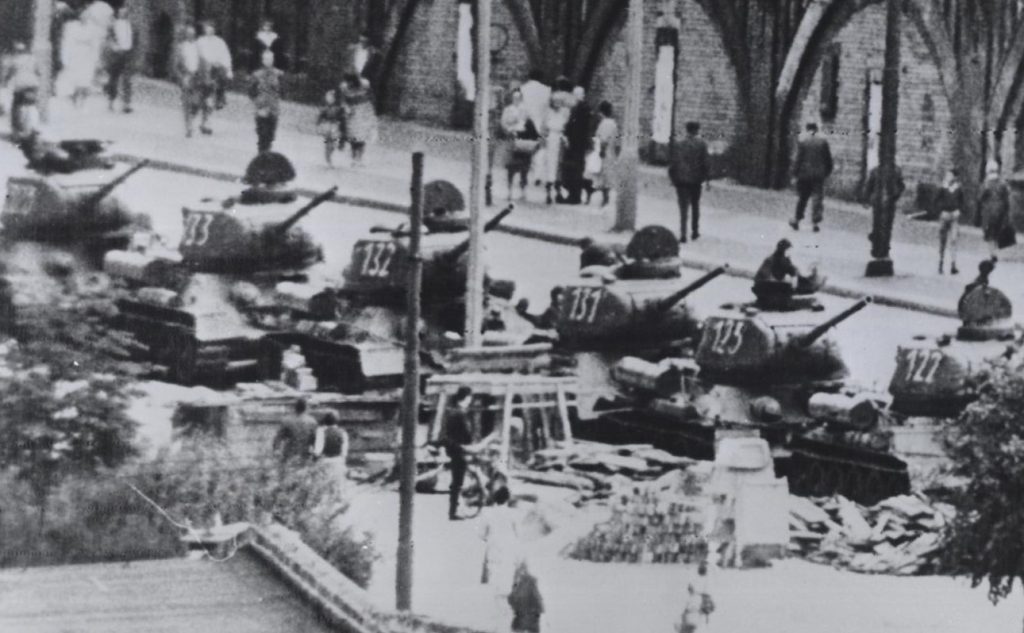
Photo via U.S. Information Agency.
13AUG1961, the D.D.R. government orders the Nationale Volks Armee (NVA, National Folk’s [People’s] Army) to deploy their World War Two era Soviet T-34-85s onto Warschauer Bridge, in an attempt to stop the flood of Ost-Deutsche-Volk fleeing to West Berlin.
The construction of The Wall begins, as does new anti-commie protest:
 The U.S. Army (USA) responded to the deployment of D.D.R. NVA T-34-85s with their latest and greatest tank, the M48A1:
The U.S. Army (USA) responded to the deployment of D.D.R. NVA T-34-85s with their latest and greatest tank, the M48A1:
 Germans are natural-born Panzerman, and West Berliners just had to get a look at the latest Amerikanische Panzer.
Germans are natural-born Panzerman, and West Berliners just had to get a look at the latest Amerikanische Panzer.
 A USA M59 Armored Personnel Carrier, behind an M48A1, face-off with a crude looking D.D.R. Volks Polizei (VoPo, Folk’s [People’s] Police) armored car.
A USA M59 Armored Personnel Carrier, behind an M48A1, face-off with a crude looking D.D.R. Volks Polizei (VoPo, Folk’s [People’s] Police) armored car.
 Meanwhile, the D.D.R. NVA deployed their crude armored police trucks (converted water tankers), and Soviet made BTRs, to the Brandenburg Gate, 18AUG1961.
Meanwhile, the D.D.R. NVA deployed their crude armored police trucks (converted water tankers), and Soviet made BTRs, to the Brandenburg Gate, 18AUG1961.

The Brandenburg Gate had been the location of a lot of protests and riots:
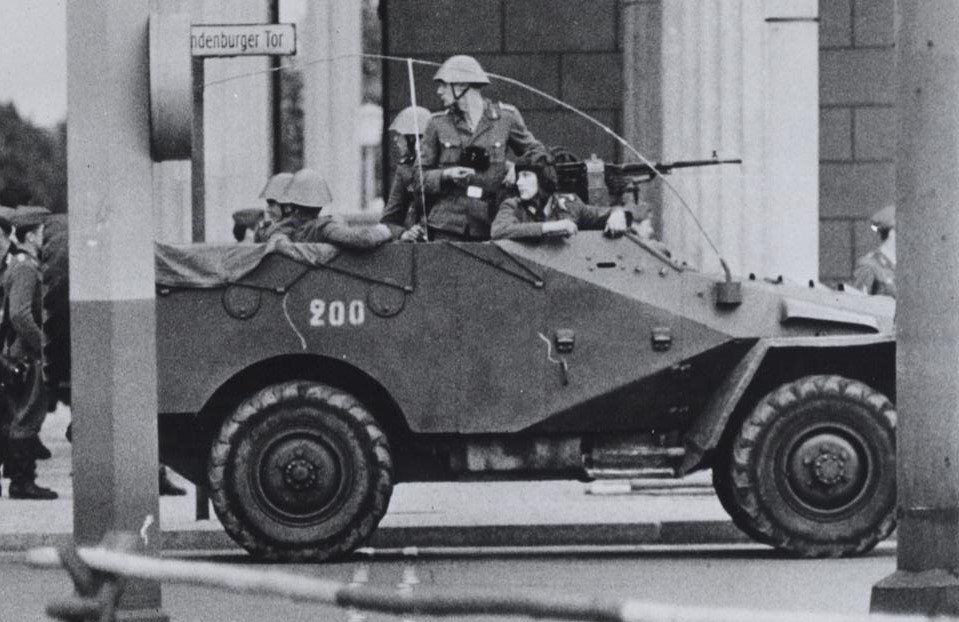
More heavily armed D.D.R. NVA soldiers arrive in Soviet open topped BTR-40 armored car.

Photo via Wolfgang Albrecht.
23AUG1961, notice the massive looking way the searchlight is mounted to the mantlet of this M48A1.
Silent film recorded on 25AUG1961, by last name Harper, showing a crude East German armored car, hot food delivered to M48A1 crew, then more M48s arrive and are positioned, then U.S. Army ‘tour’ busses arrive:
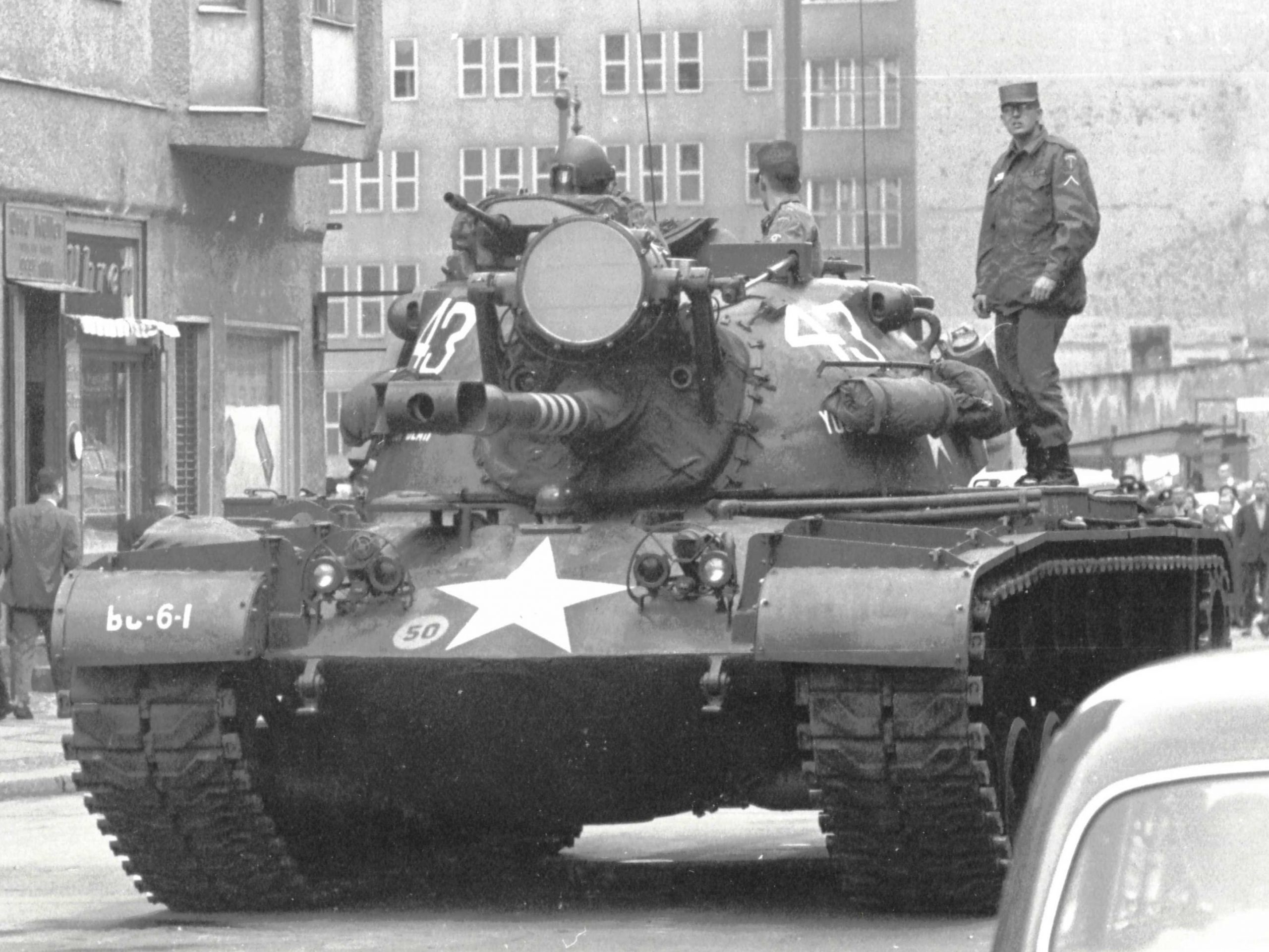
25AUG1961. Photo via U.S. Army Intelligence Center of Excellence.
 28AUG1961, more D.D.R. NVA T-34-85s are staged at the Bahnhof Friedrichstraße (Friedrich Street Train Station).
28AUG1961, more D.D.R. NVA T-34-85s are staged at the Bahnhof Friedrichstraße (Friedrich Street Train Station).
On 15SEP1961, boss of the Socialist Unity Party of Germany (Sozialistische Einheitspartei Deutschlands, SED), Walter Ubricht, sent CCCP boss Nikita Khrushchev a letter saying “The implementation of the resolution on the closing of the border around West Berlin went according to plan. The tactic of gradually carrying out the measures made it more difficult for the adversary to orient himself with regard to the extent of our measures and made it easier for
us to find the weak places in the border.”

Photo via U.S. Information Agency.
25OCT1961, a U.S. M48A1 ‘blade tank’ (notice the bulldozer blade on the front, and the box on the right rear fender which holds a telephone so that infantry can talk directly to the crew) blocks the Friedrichstraße crossing point (aka Checkpoint Charlie) after two USA busses, carrying personnel for an official sightseeing tour, were blocked from entering East Berlin. What’s important is that under a previous agreement made at the end of World War Two, the U.S. military claimed the ‘Right of Entry’ at any time to any part of Berlin. In other words, all of Berlin was supposed to be a ‘free travel zone’, despite being divided into four zones of occupation by the French, Soviets, United Kingdom and United States.

Photo via Deutsche Presse Agentur.

Photo via Deutsche Presse Agentur.
In response to the U.S. deployment of M48A1s, the Soviet Union (Union of Soviet Socialist Republics/Союз Советских Социалистических Республик, USSR/CCCP, the CCCP was not a country but an organization of individual Soviet Republics) deployed its latest tank; the T-54/55. Also notice the beginnings of The Wall in the form of barricades.
 Even Ost-Berliners wanted to check-out the new Sowjet Panzer.
Even Ost-Berliners wanted to check-out the new Sowjet Panzer.
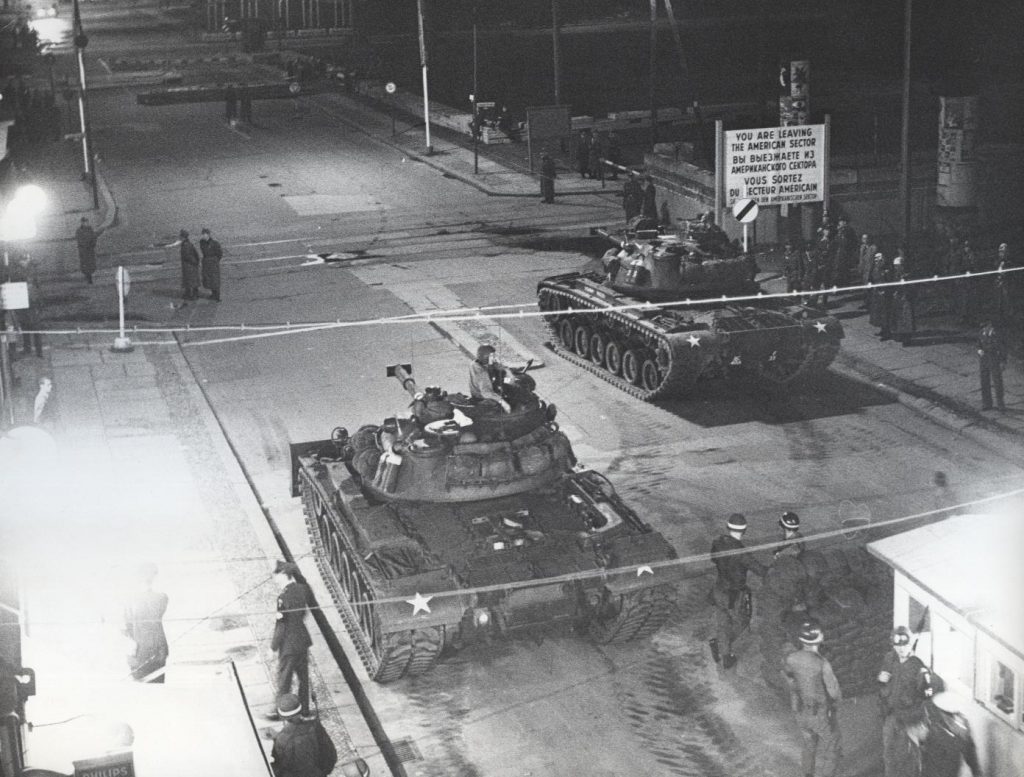
Photo by Joachim G. Jung.
Then, on 27OCT1961, for some unknown reason a U.S. silly-vilian (civilian) attempted to cross into East Germany without a passport, escalating tensions even more.


Photo by Joachim G. Jung.
27OCT1961, CCCP T-54/55s hold their ground.
Silent film of USA M48A1s rushing to face Soviet T-54/55s at the Friedrich Street Checkpoint Charlie:

Photo via U.S. Information Agency.
28OCT1961, Soviet T-54/55s withdraw, followed by the withdrawal of U.S. M48A1s. However, this did not ease tensions as more ‘Game of Chicken’ standoffs would occur into 1962.

Photo via Associated Press.
In this photo of a M48A1 trying to get back to its Berlin Brigade home-base, a French Armée de Terre staff car inadvertently blocks the path.
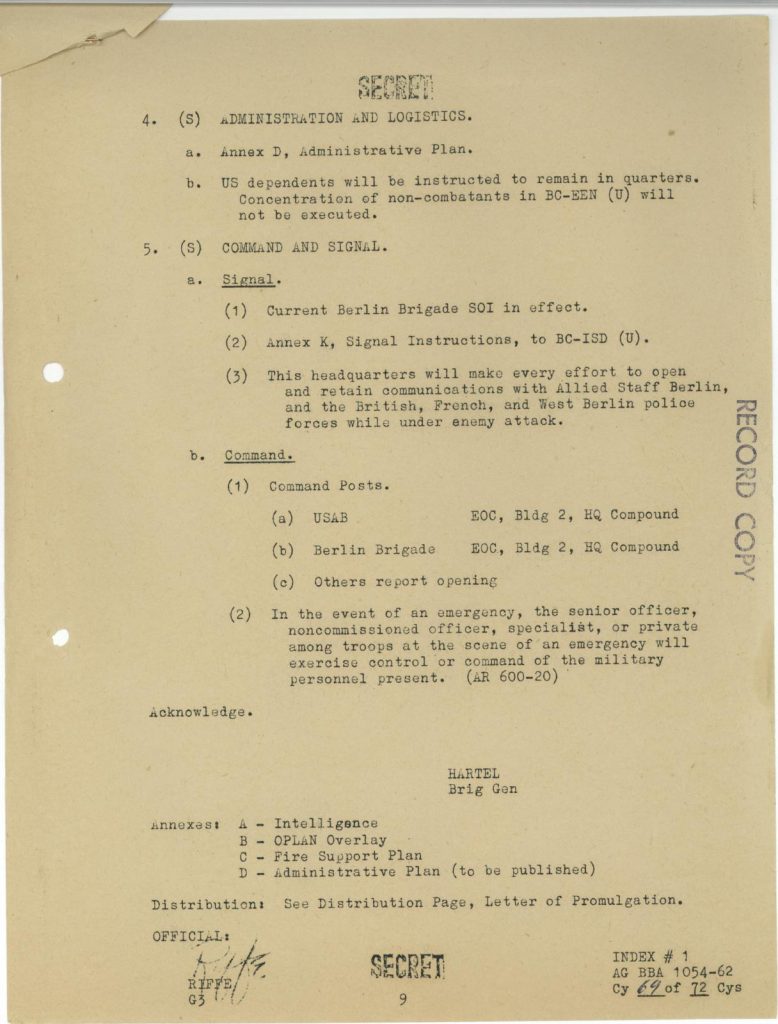 This is from a U.S. Berlin Brigade Operation Plan (BB-OpPlan), dated 05NOV1961 and approved by Brigadier General Frederick O. Hartel, showing that war was expected. It is only the second page of the 399 page BB-OpPlan!
This is from a U.S. Berlin Brigade Operation Plan (BB-OpPlan), dated 05NOV1961 and approved by Brigadier General Frederick O. Hartel, showing that war was expected. It is only the second page of the 399 page BB-OpPlan!
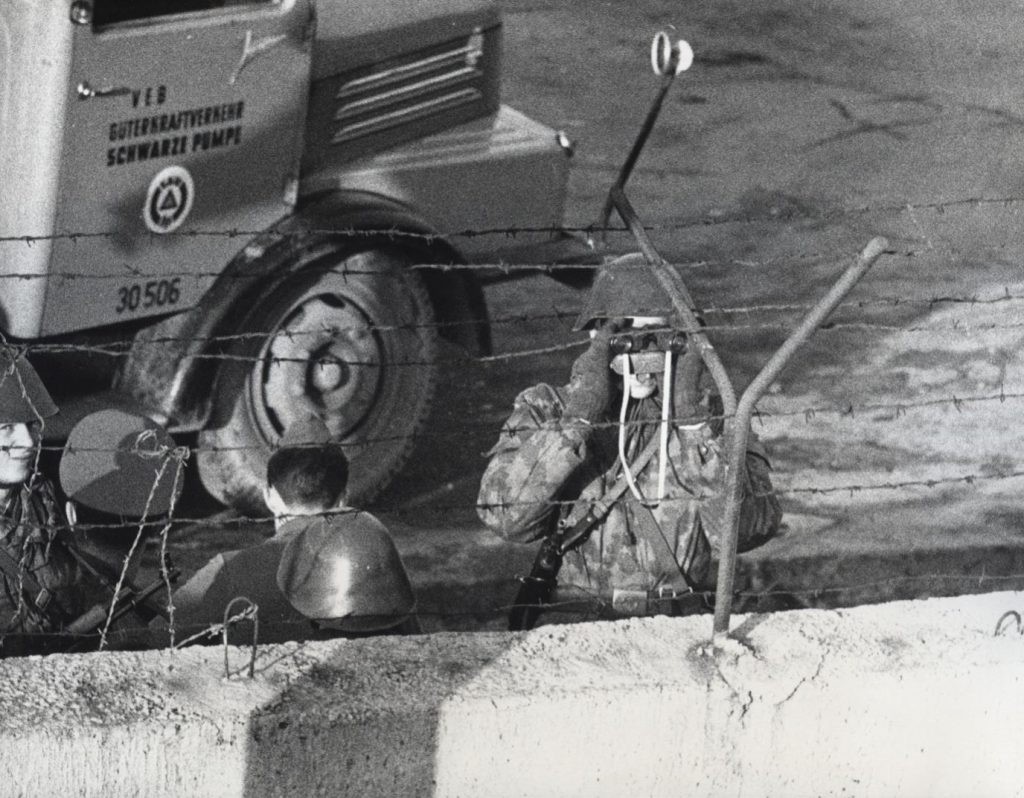 20NOV1961, an NVA soldier looks over a newly finished section of the 28 miles long Wall. The Game of Chicken between M48A1s and T-54/55s was not the end of periodic standoffs.
20NOV1961, an NVA soldier looks over a newly finished section of the 28 miles long Wall. The Game of Chicken between M48A1s and T-54/55s was not the end of periodic standoffs.
Video report, explaining that beginning in February 1962, training for U.S. Army Reserve units radically changed due to the Berlin Crisis:
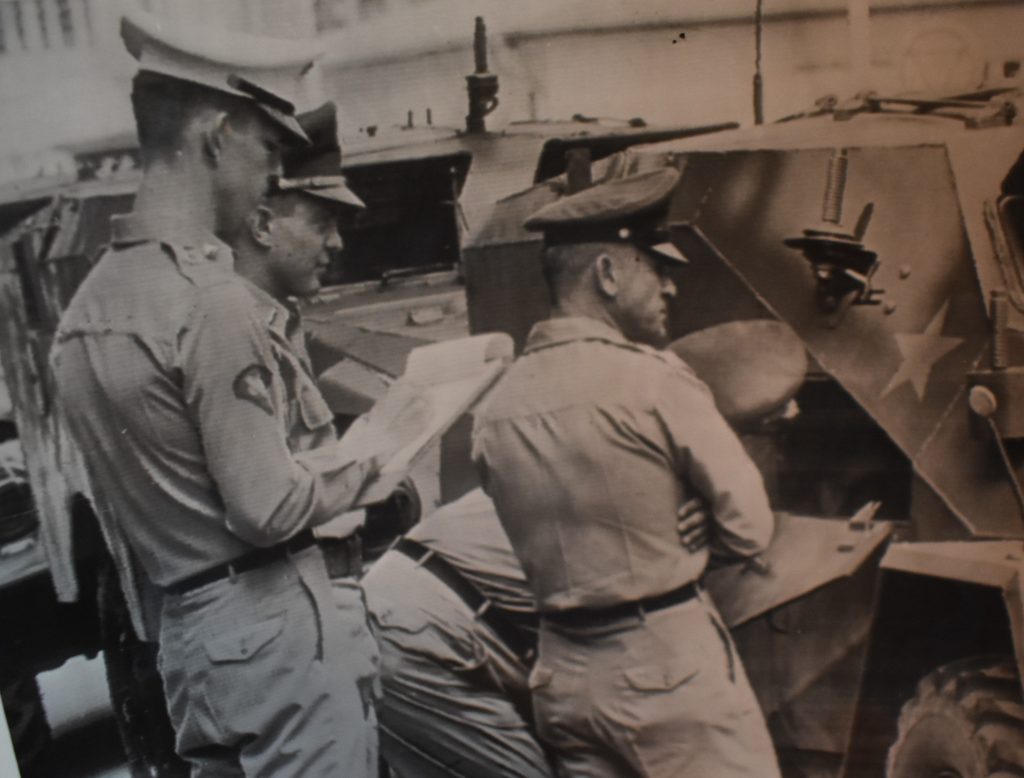
Photo via Associated Press.
Towards the end of August 1962, the U.S. Berlin Brigade seemingly engaged in a tit-for-tat by harassing CCCP military units as they were traveling to the Tiergarten Soviet War Memorial, located in the U.K. zone of West Berlin, to conduct the routine changing-of-the-guard. Again, at the end of World War Two the French, CCCP (Soviets), U.K. and U.S. victors agreed to allow free passage anywhere in Berlin.
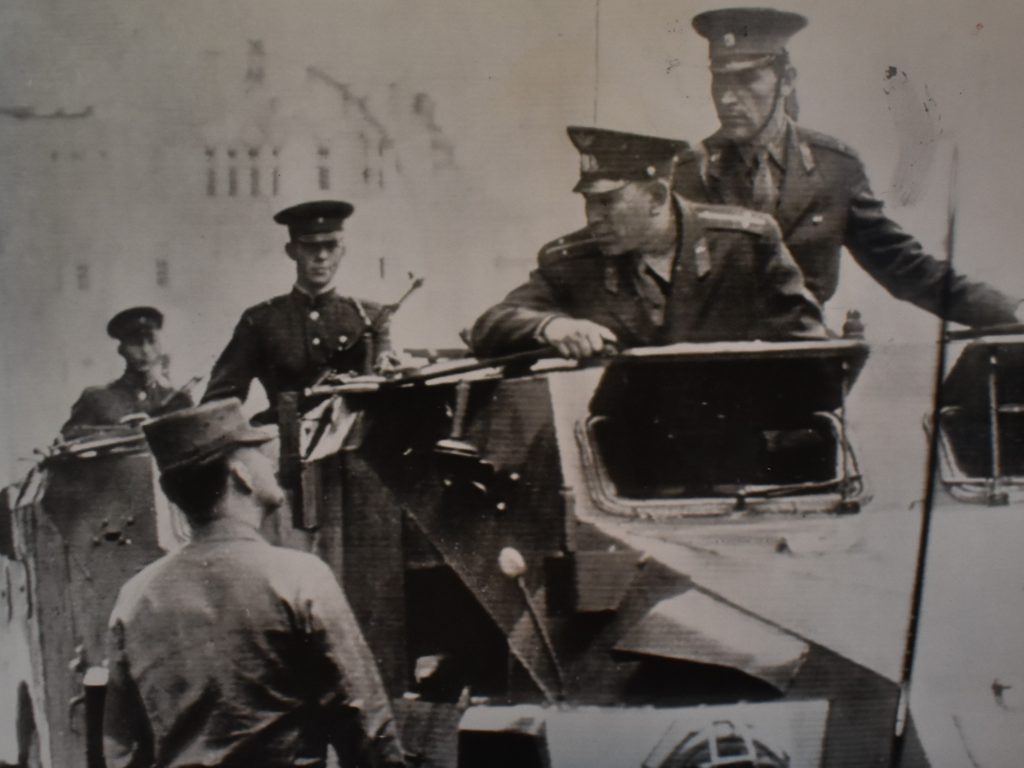
Photo via Associated Press.
The official reason Checkpoint Charlie blocked the CCCP visit was due to a spat of anti-commie rock throwing attacks on the CCCP units, which forced the Soviets to switch from driving busses to using armored cars with armed soldiers.
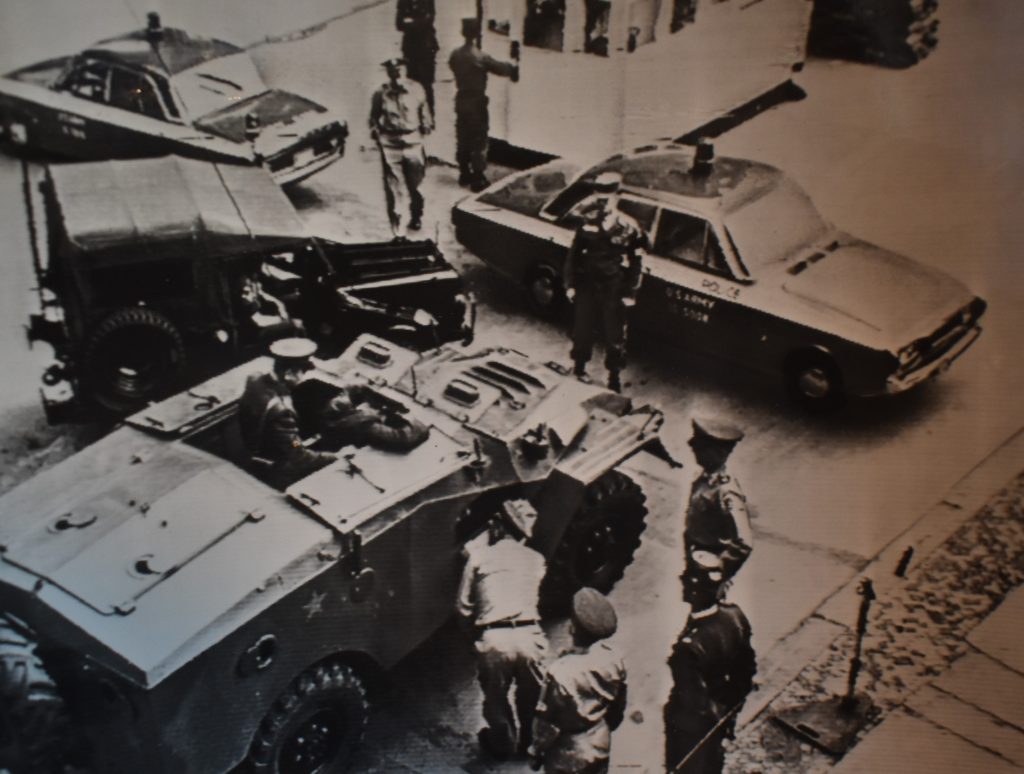
Photo via Associated Press.
Despite CCCP units now using fully enclosed BTR-40 armored vehicles and fully armed guards, both U.S. and U.K. forces demanded the Soviets be escorted to the Tiergarten War Memorial. The incident ended on 23AUG1962 after a four hours standoff between CCCP forces, and U.S. and U.K. Military Police.
U.S. film, by somebody with the last name of Volkert, dated 26AUG1962:
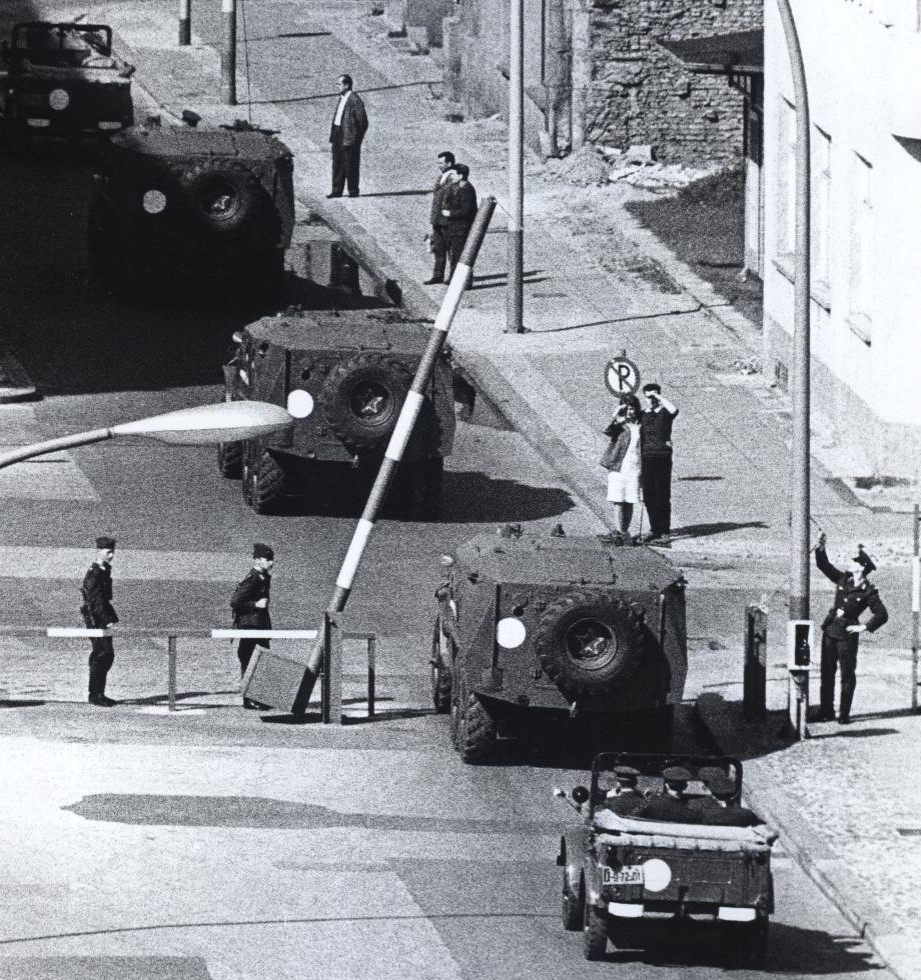 CCCP armored cars on their way to another changing-of-the-guard at the Tiergarten Soviet War Memorial, 02SEP1962.
CCCP armored cars on their way to another changing-of-the-guard at the Tiergarten Soviet War Memorial, 02SEP1962.
 03OCT1962, D.D.R. VoPo discovered a tunnel under a part of the new Wall. They destroyed the tunnel, but notice one of the cops is wearing a gasmask.
03OCT1962, D.D.R. VoPo discovered a tunnel under a part of the new Wall. They destroyed the tunnel, but notice one of the cops is wearing a gasmask.
The standoff between the latest and greatest of U.S. and Soviet tanks was just the small final part of the Berlin Crisis of 1958-61, but it resulted in a new phase; the near isolation of West Berlin for almost three decades!
Boring U.S. Army National Guard Bureau video (‘class-room’ lecture) on how the Berlin Crisis changed National Guard deployments. Part One:
Part Two:
RBB video report: In 1974, a U.S. tank driver steals his own M60A1 (apparently with the rest of the tank crew onboard) and crashes through Checkpoint Charlie into East Berlin.
Vehicle I-D/Cold War Berlin Crisis: C-54 SKYMASTER, AN AIRBORNE WILLY WONKA for the children of divided Berlin?
June 2017: RECORD NUMBER OF U.S. & U.K. CITIZENS DEFECT TO GERMANY! WHAT DO YOU KNOW, DEUTSCHLAND!
In U.S. political science U.S. denotes United States. U.S.A. denotes United States of America. USA denotes United States Army. Abbreviations of countries and proper names are punctuated, organizations (even if a government organization), businesses, clubs, etc, are not.
2019: A FLYING M48A1?
ZOMBIE TANK T-55, THEY’RE EVERYWHERE!
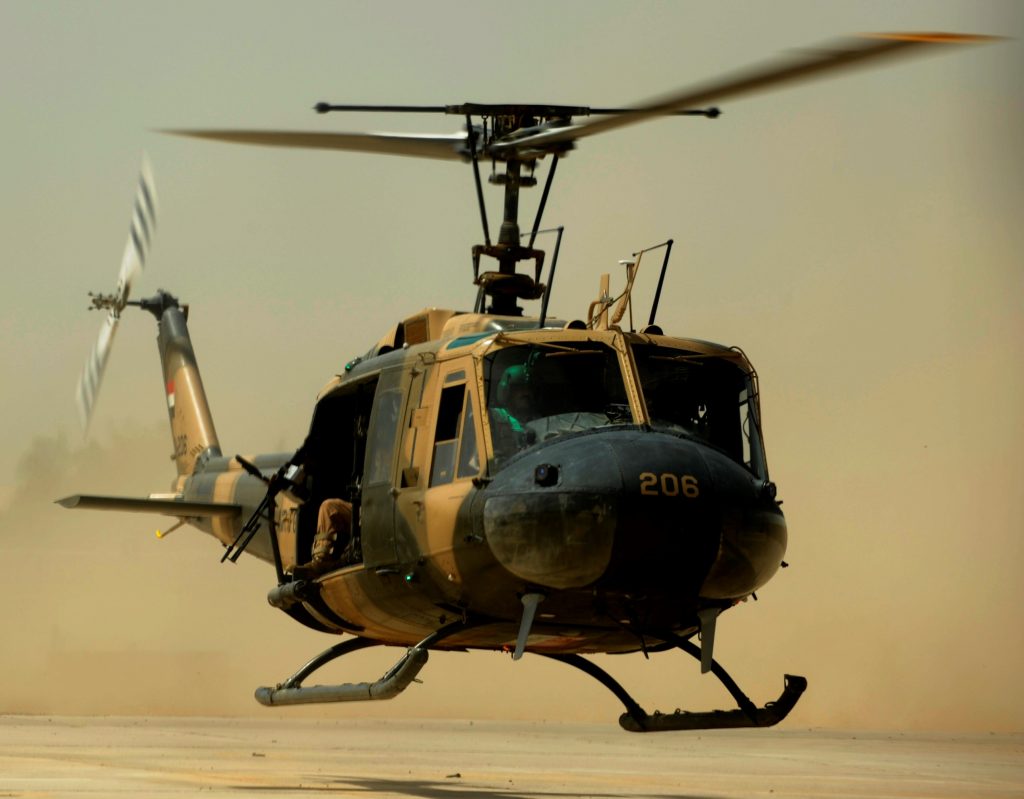 IRAQI HUEY
IRAQI HUEY
